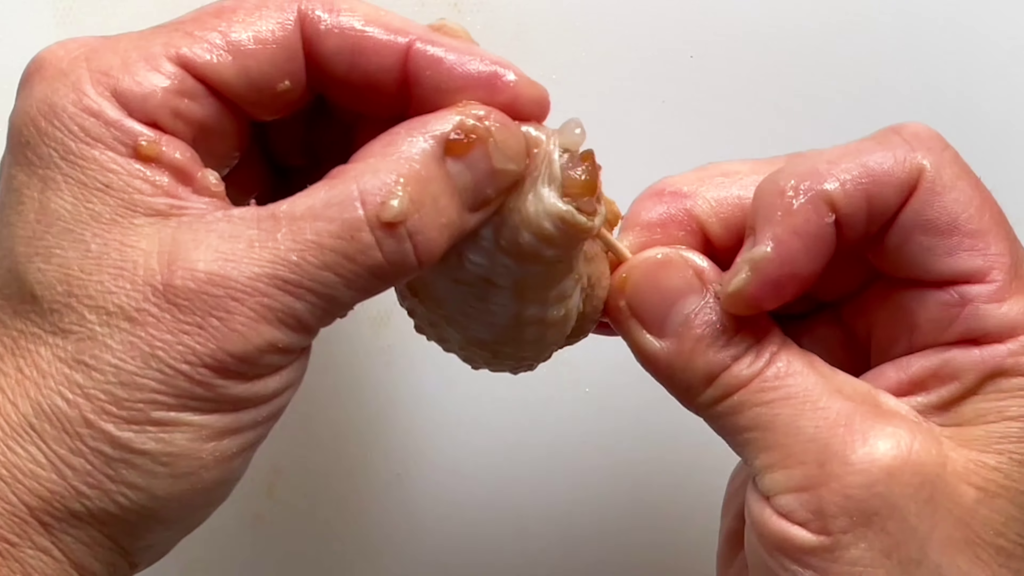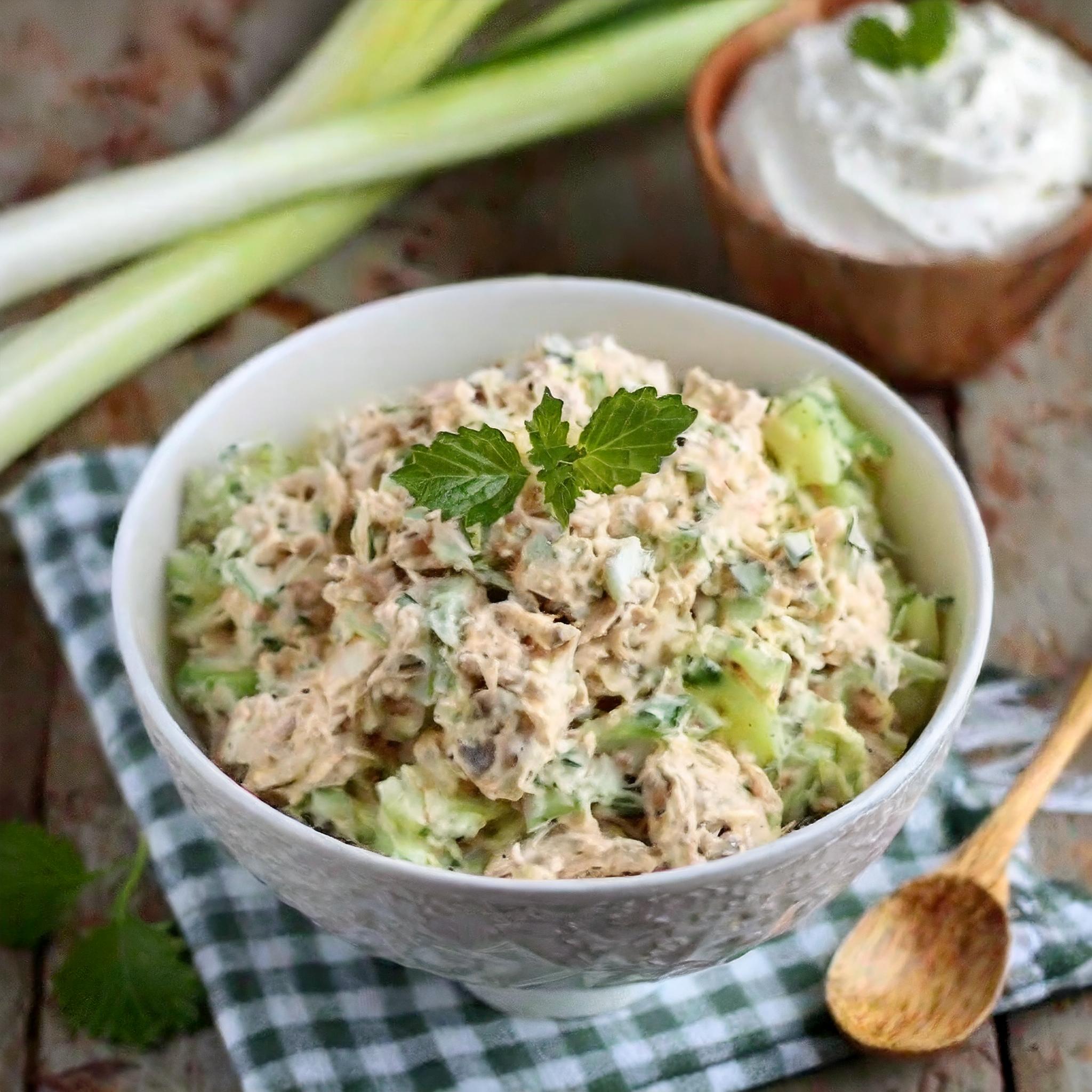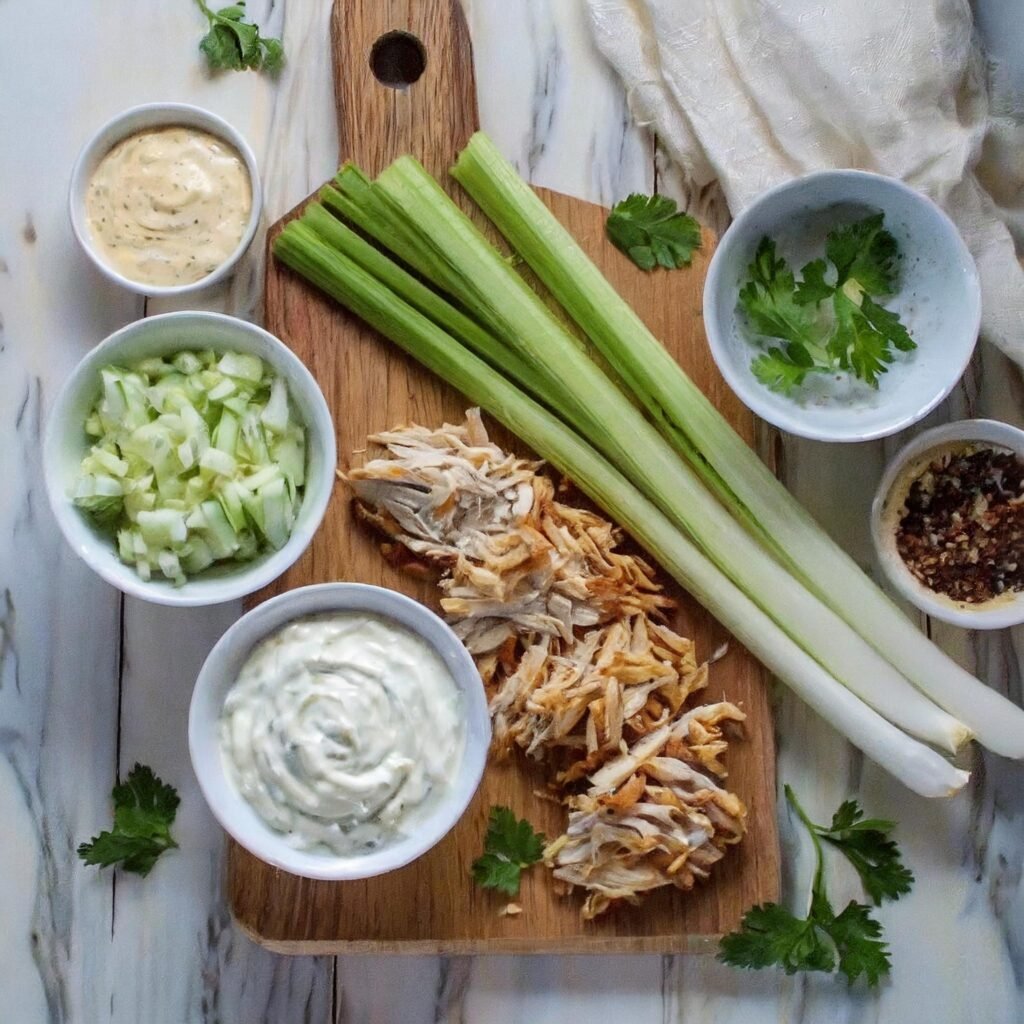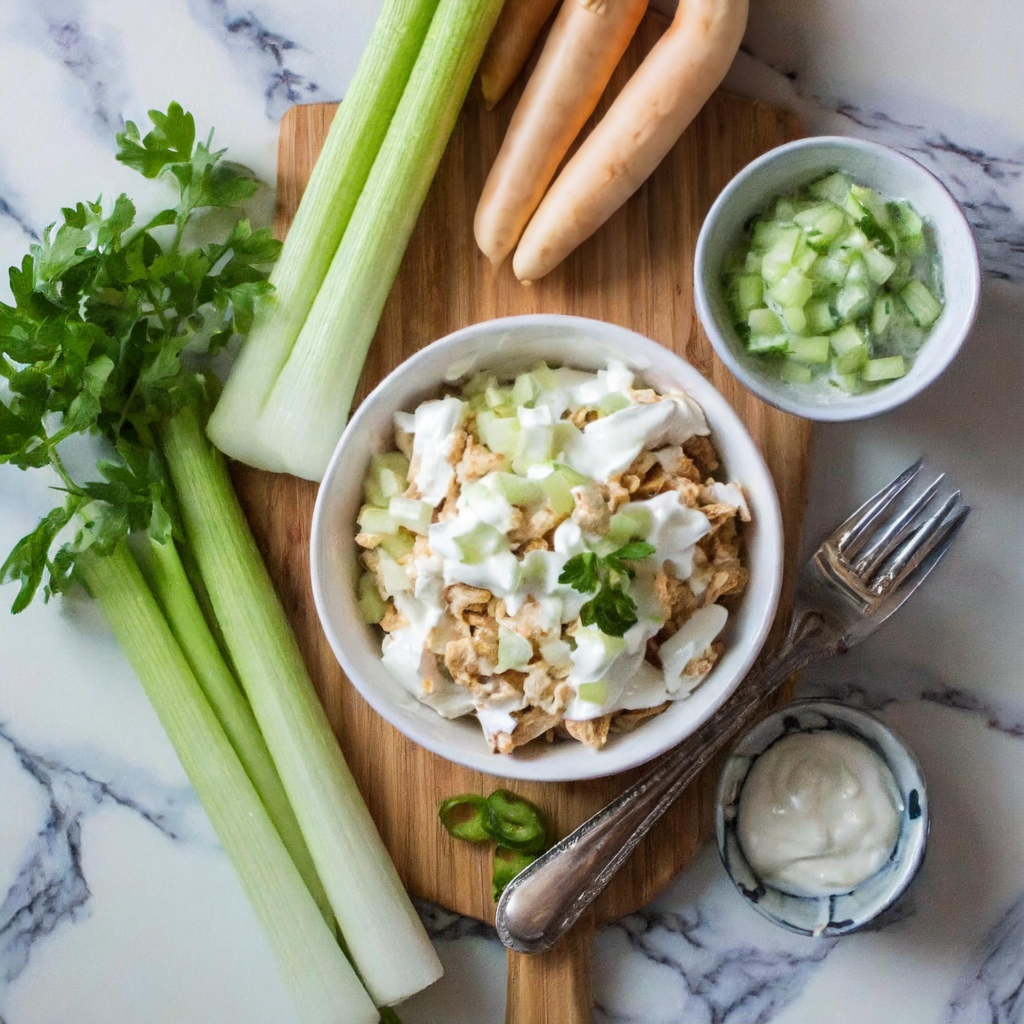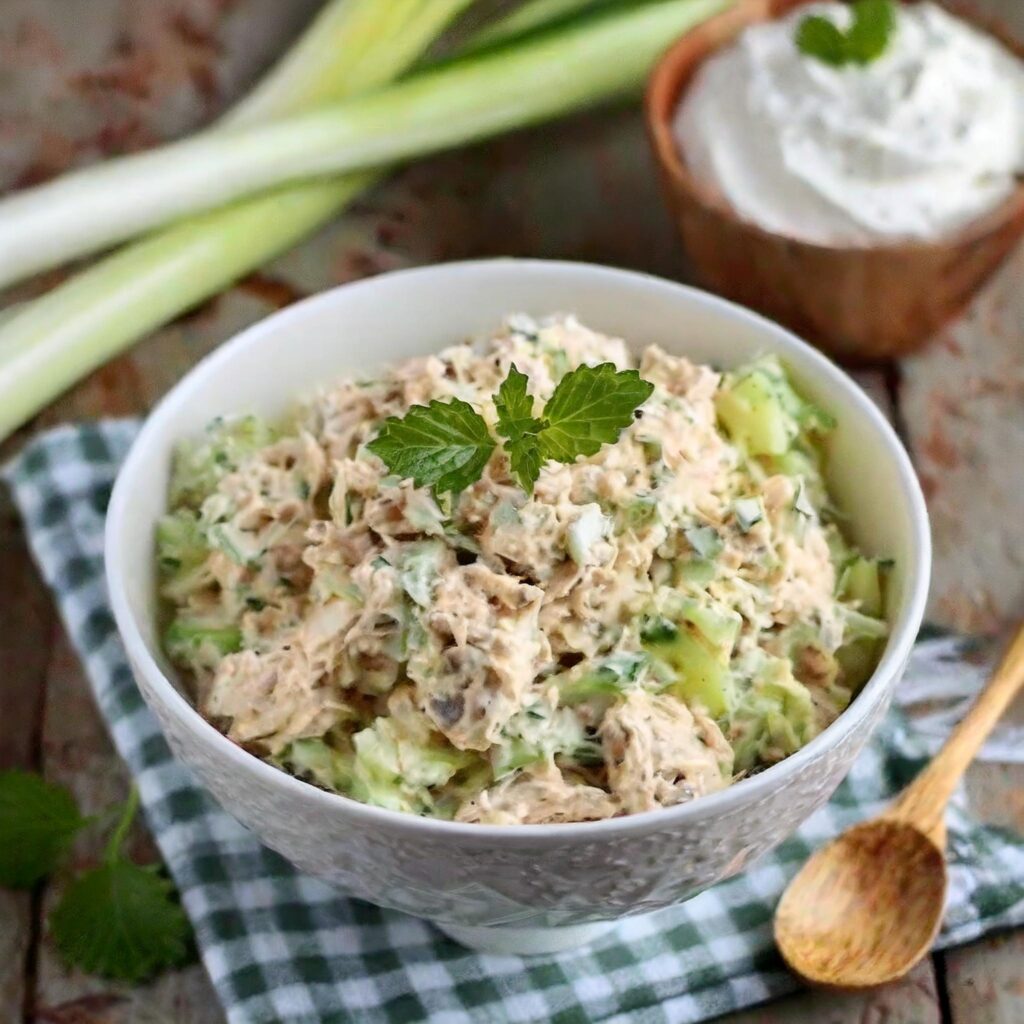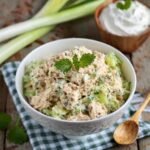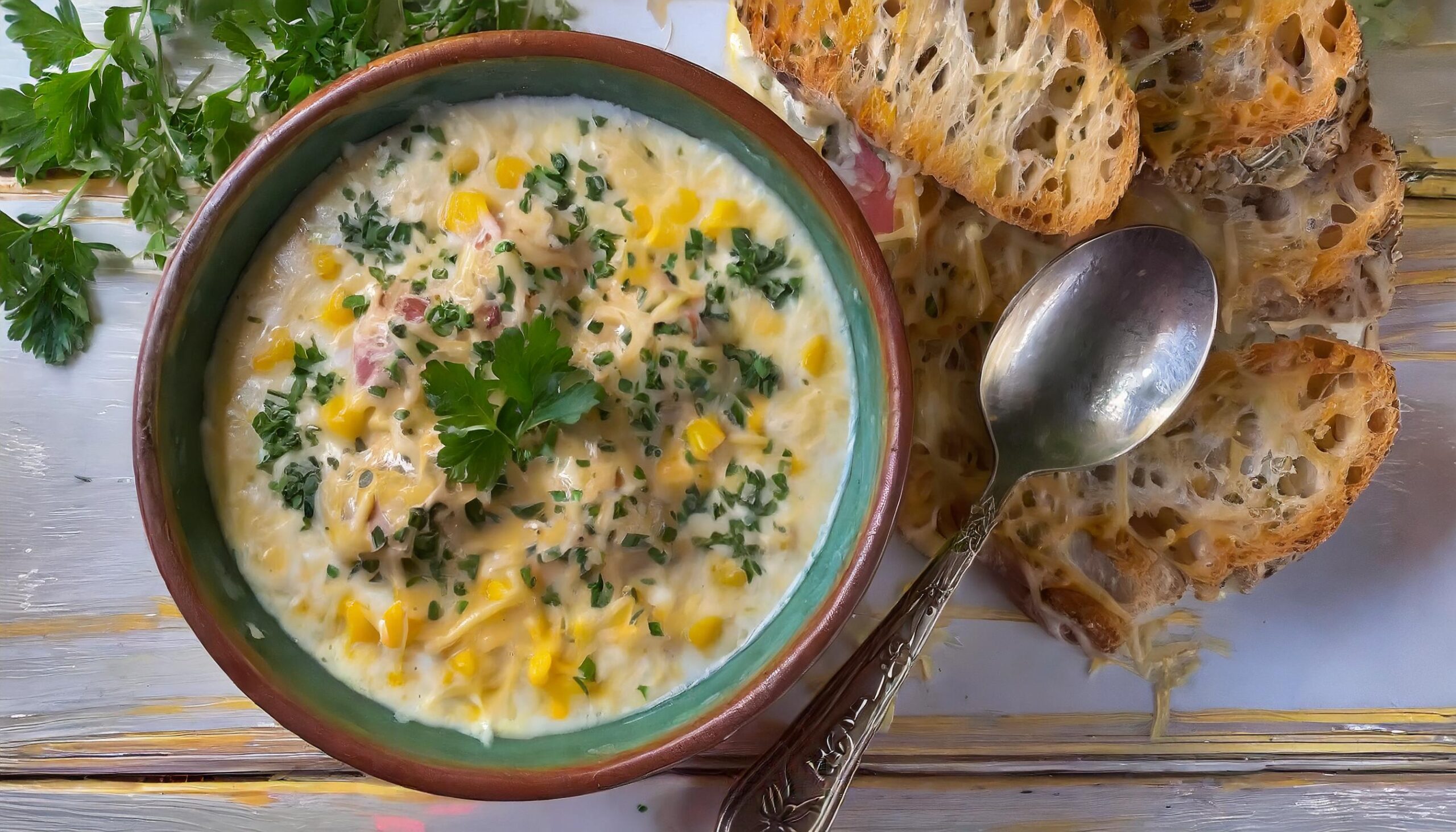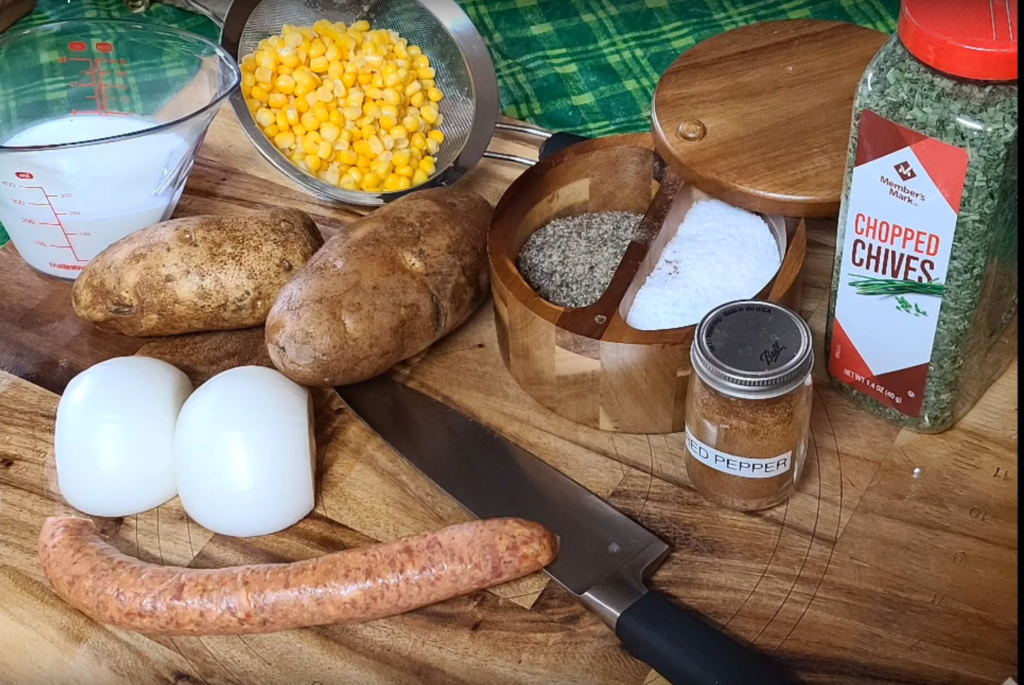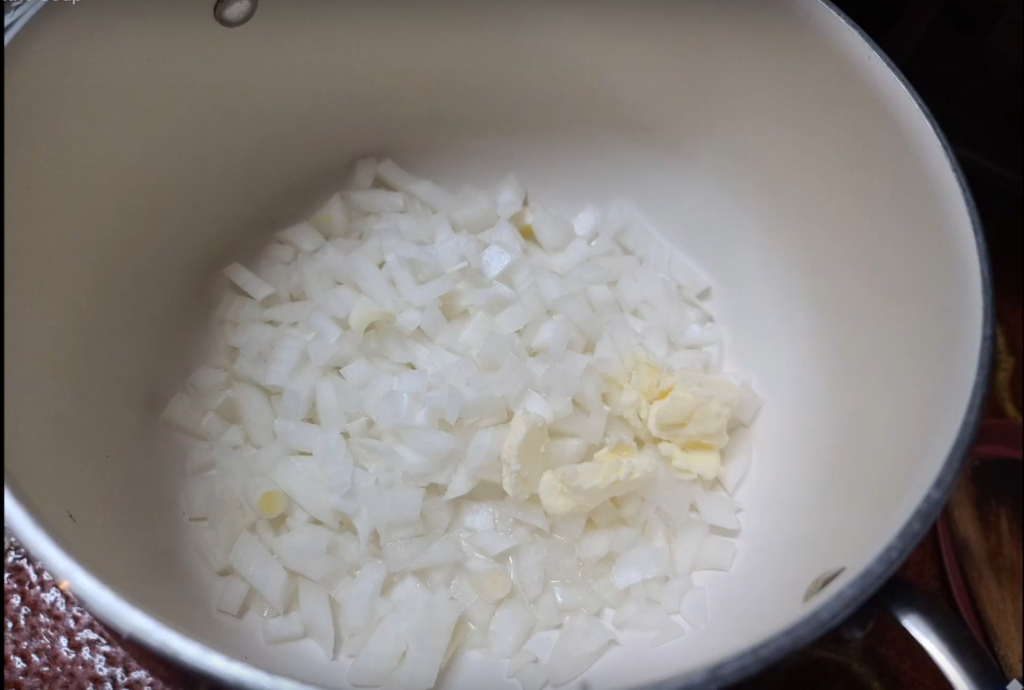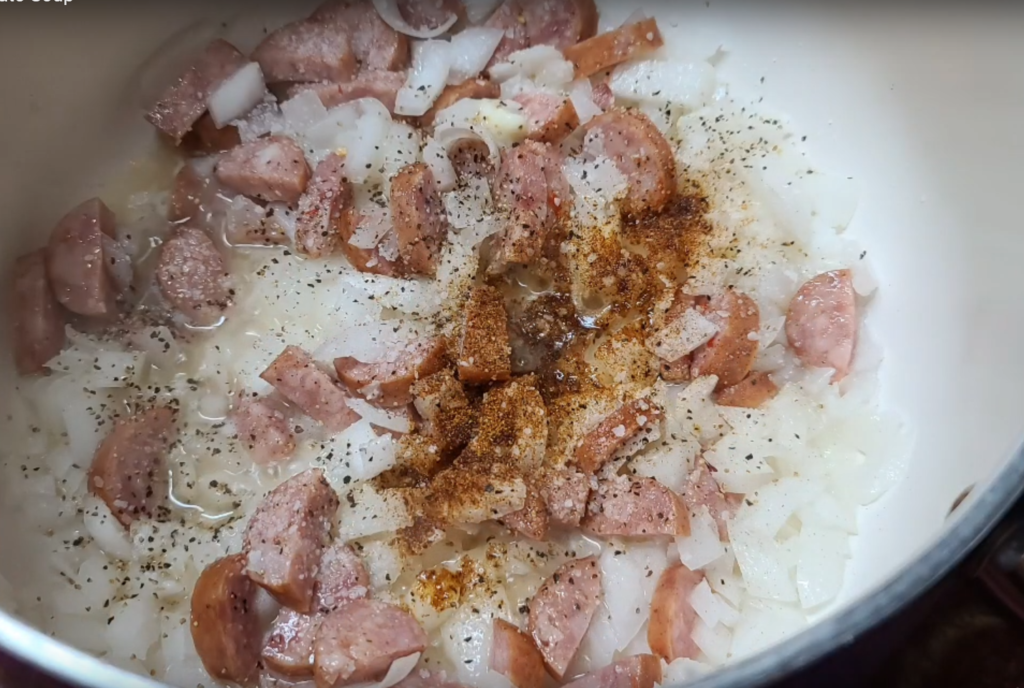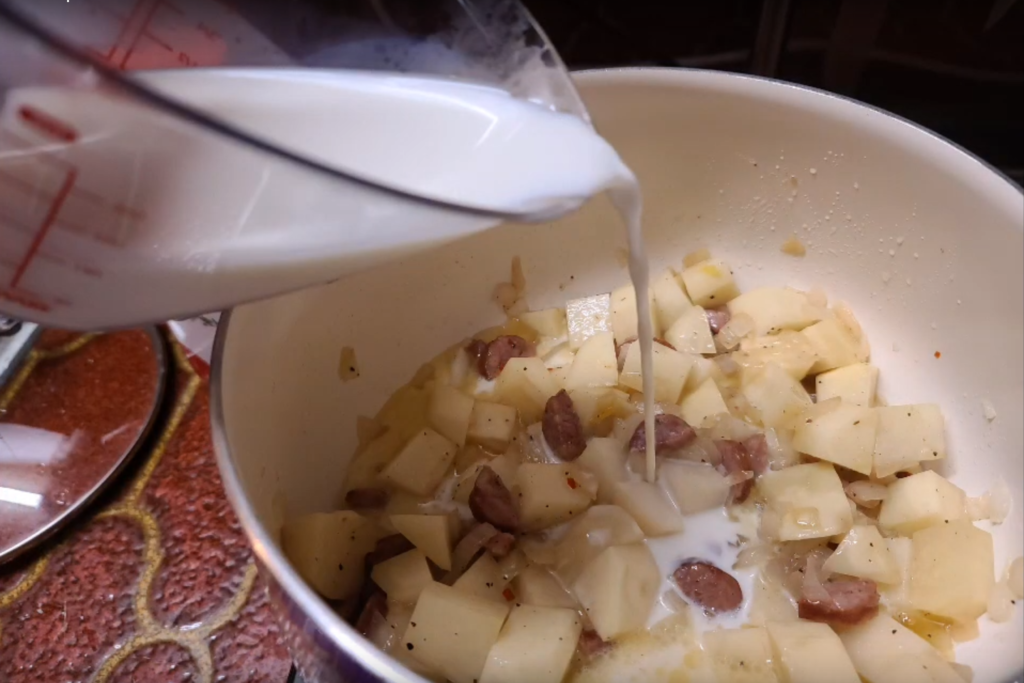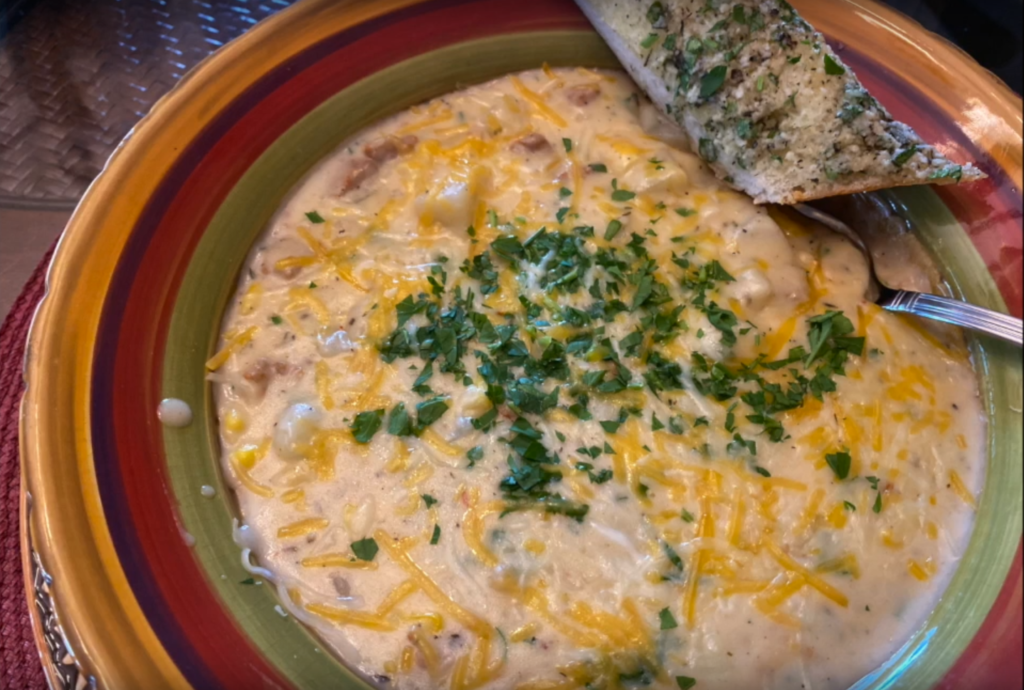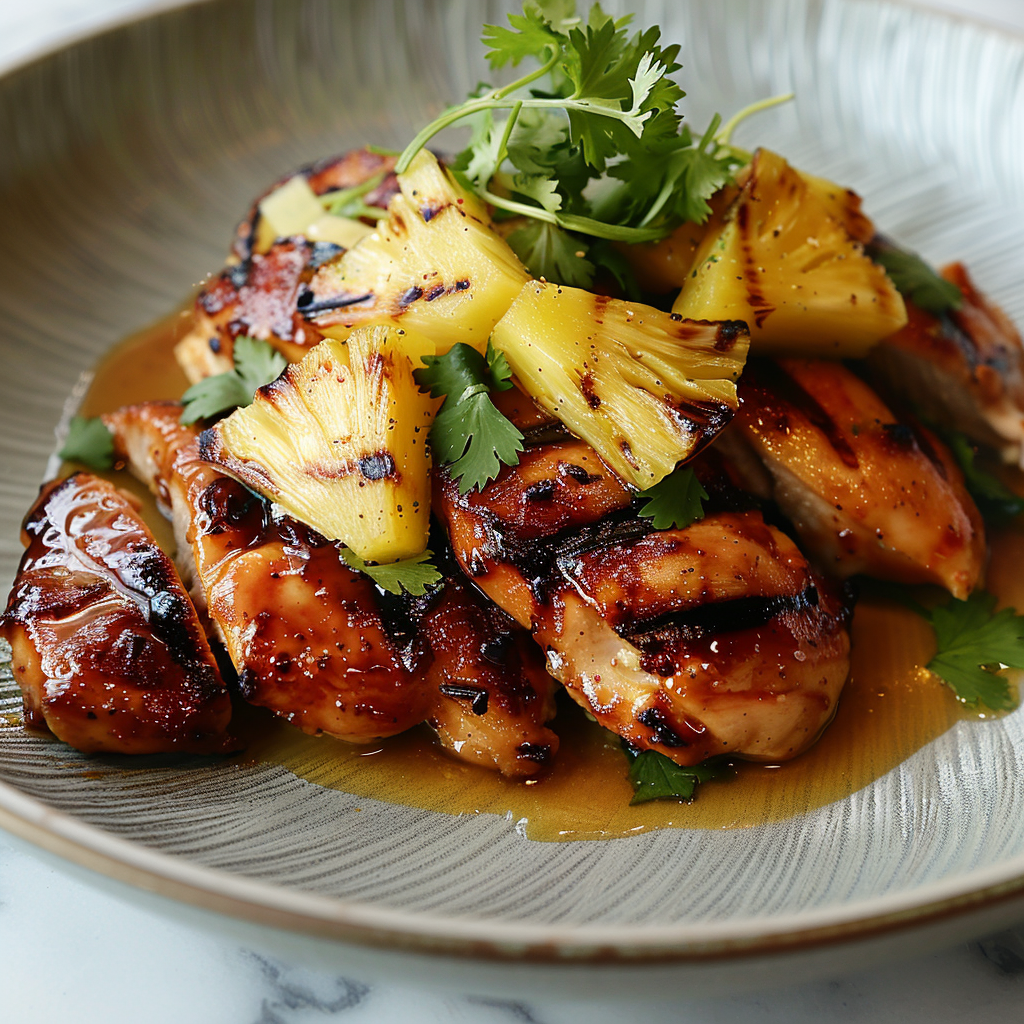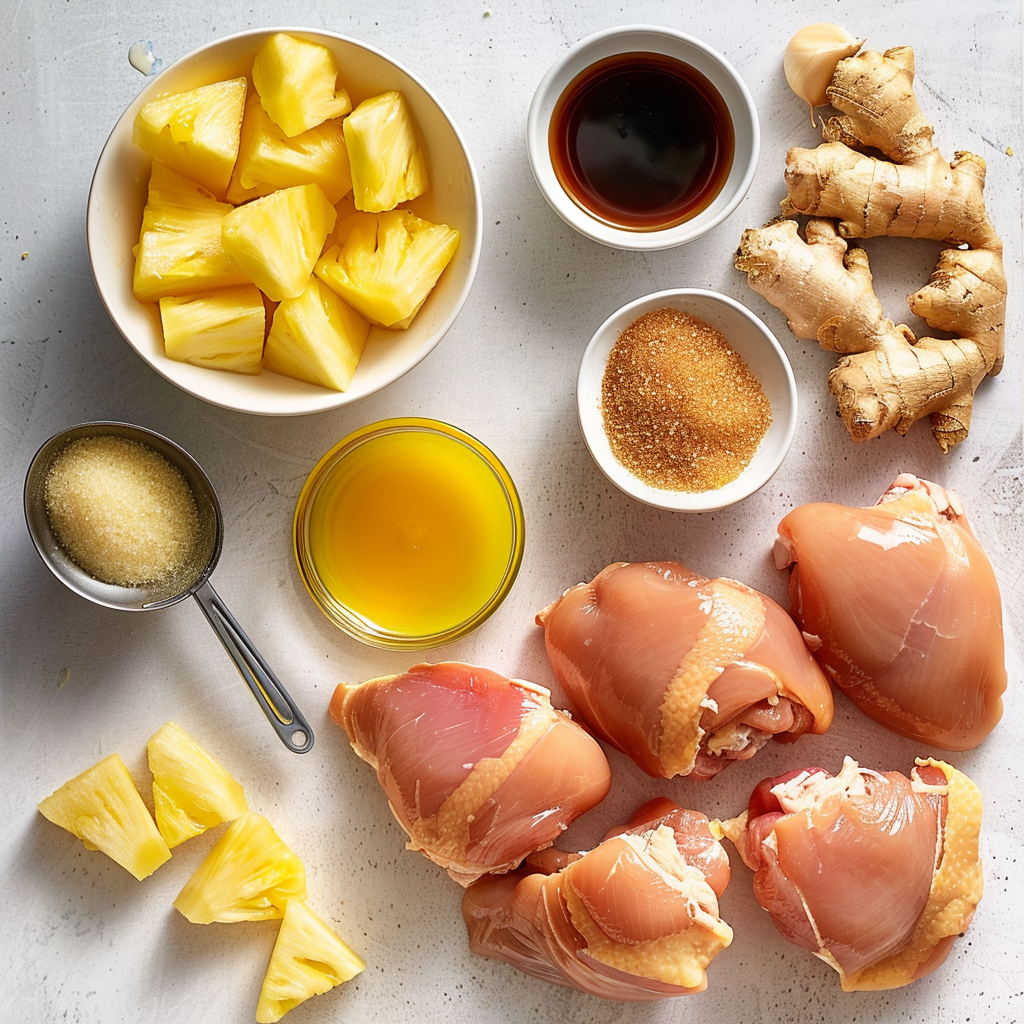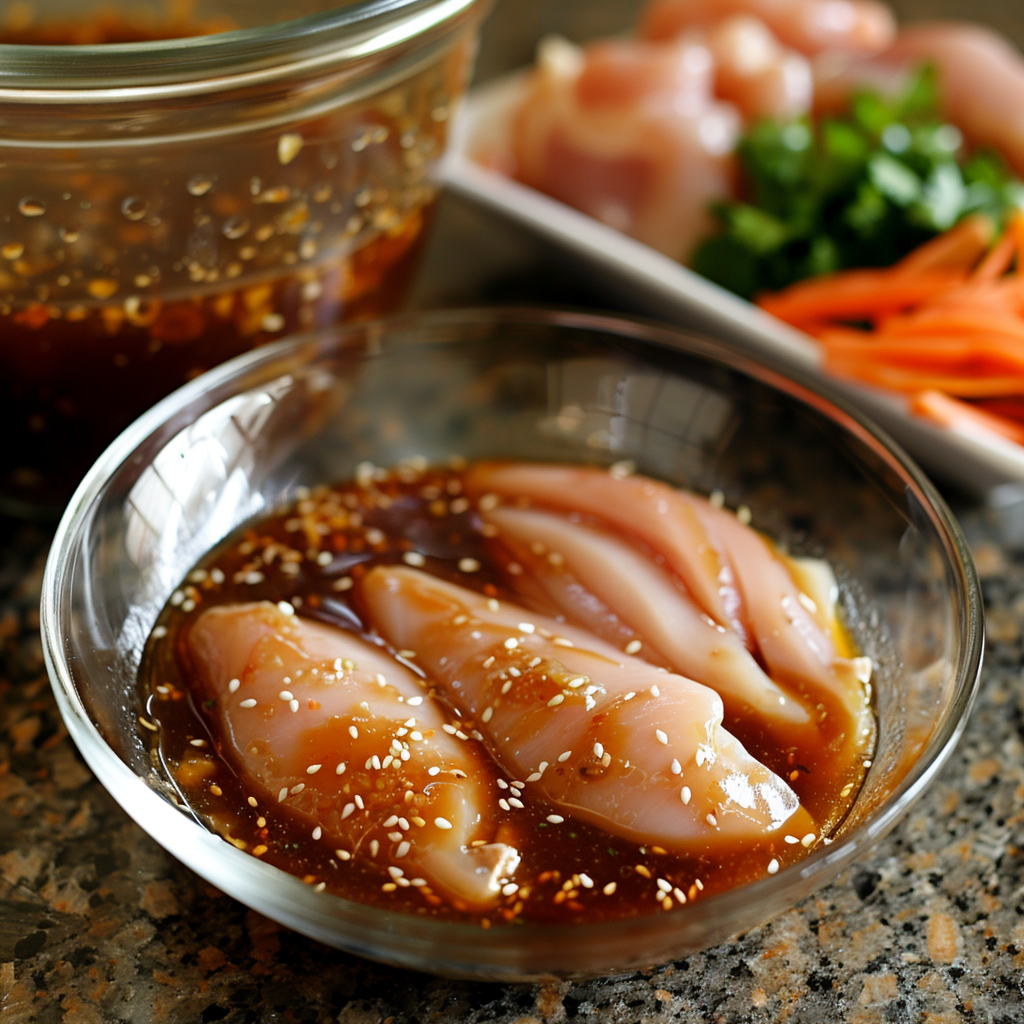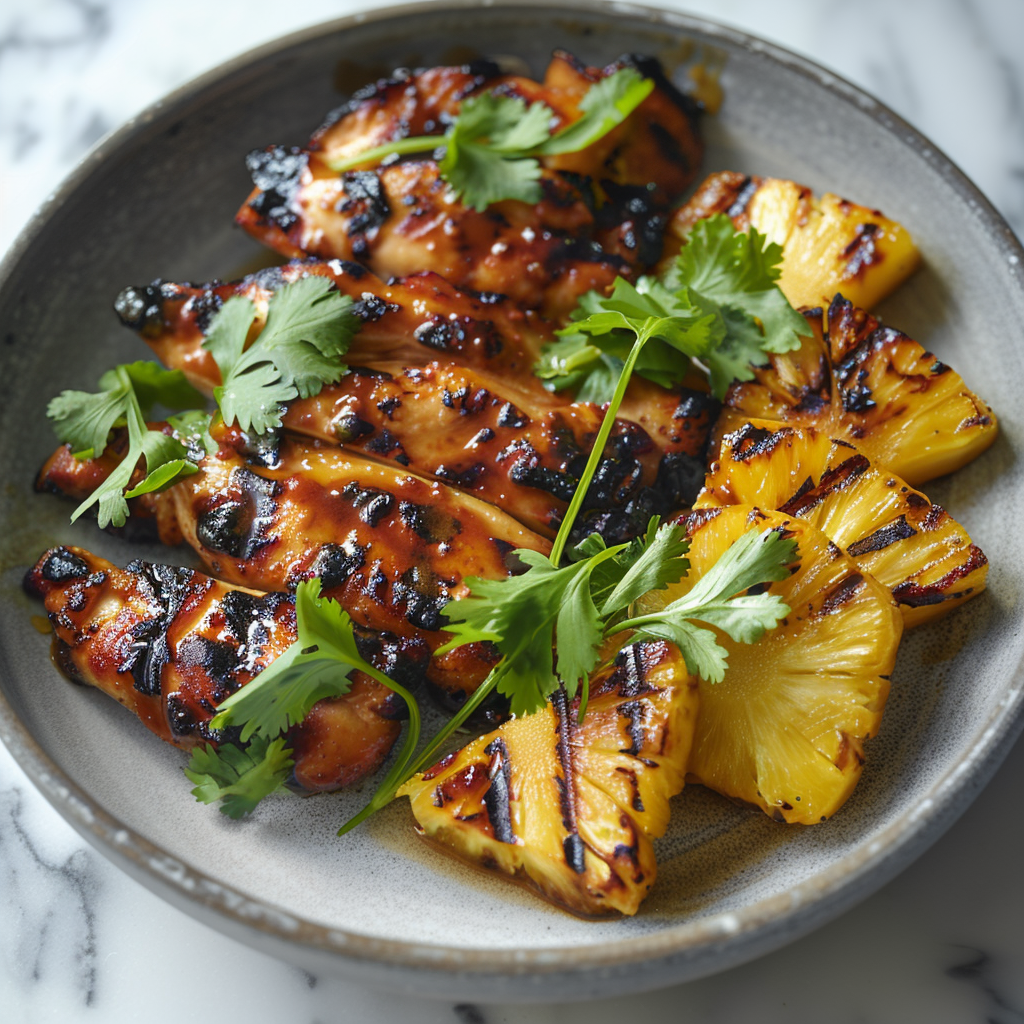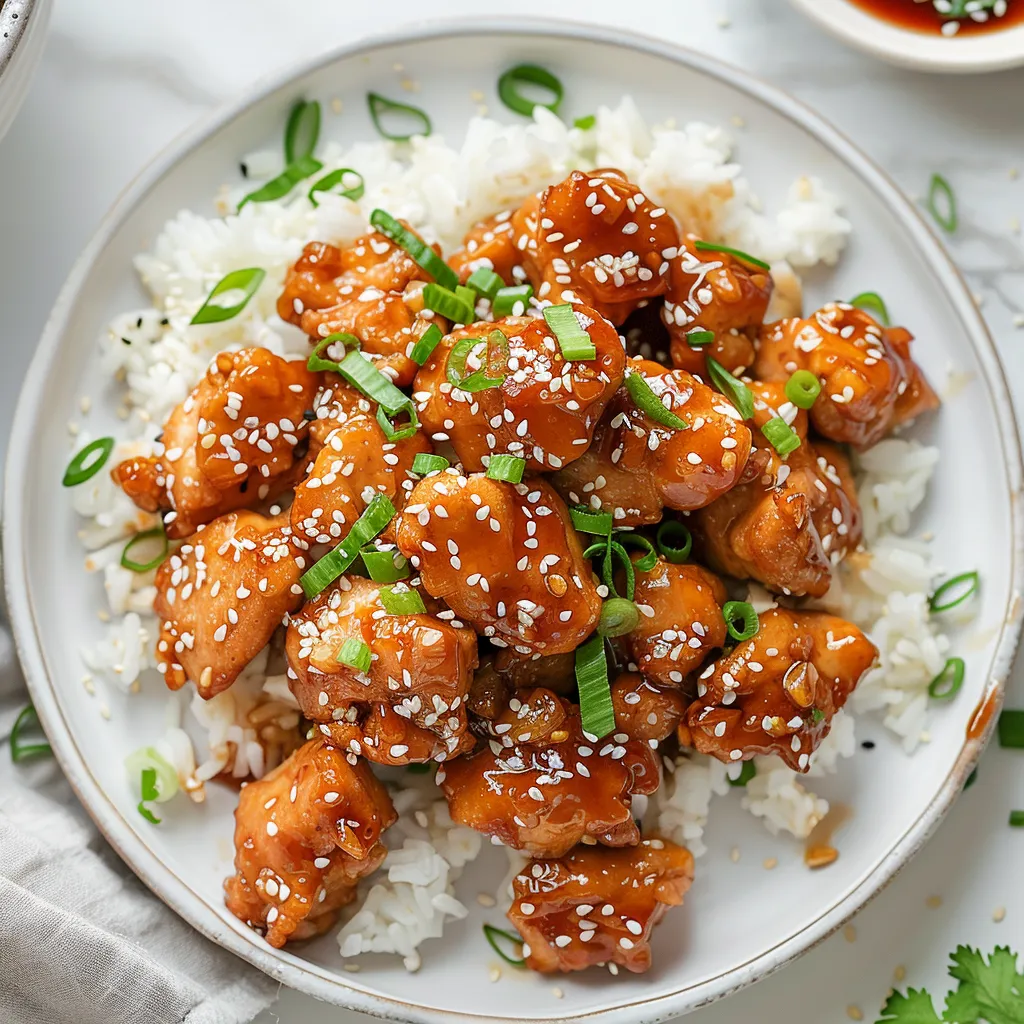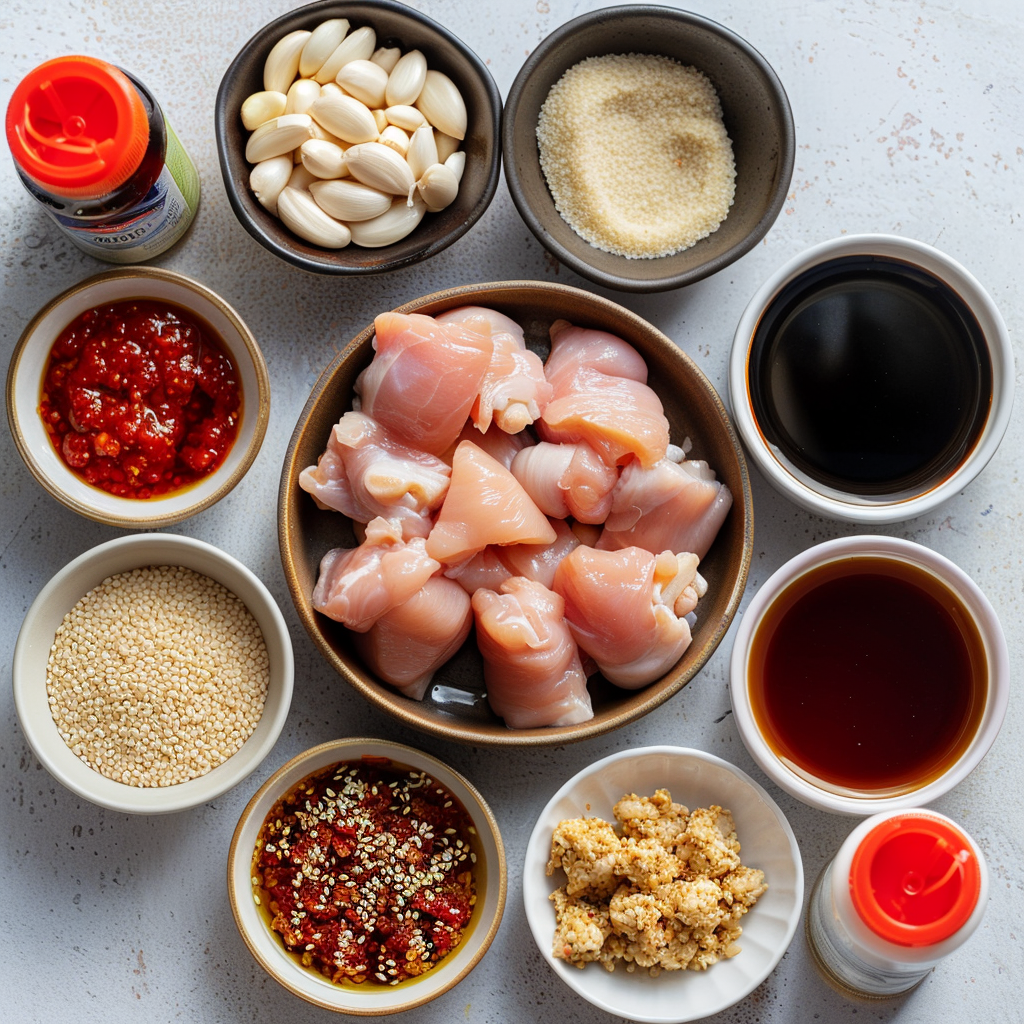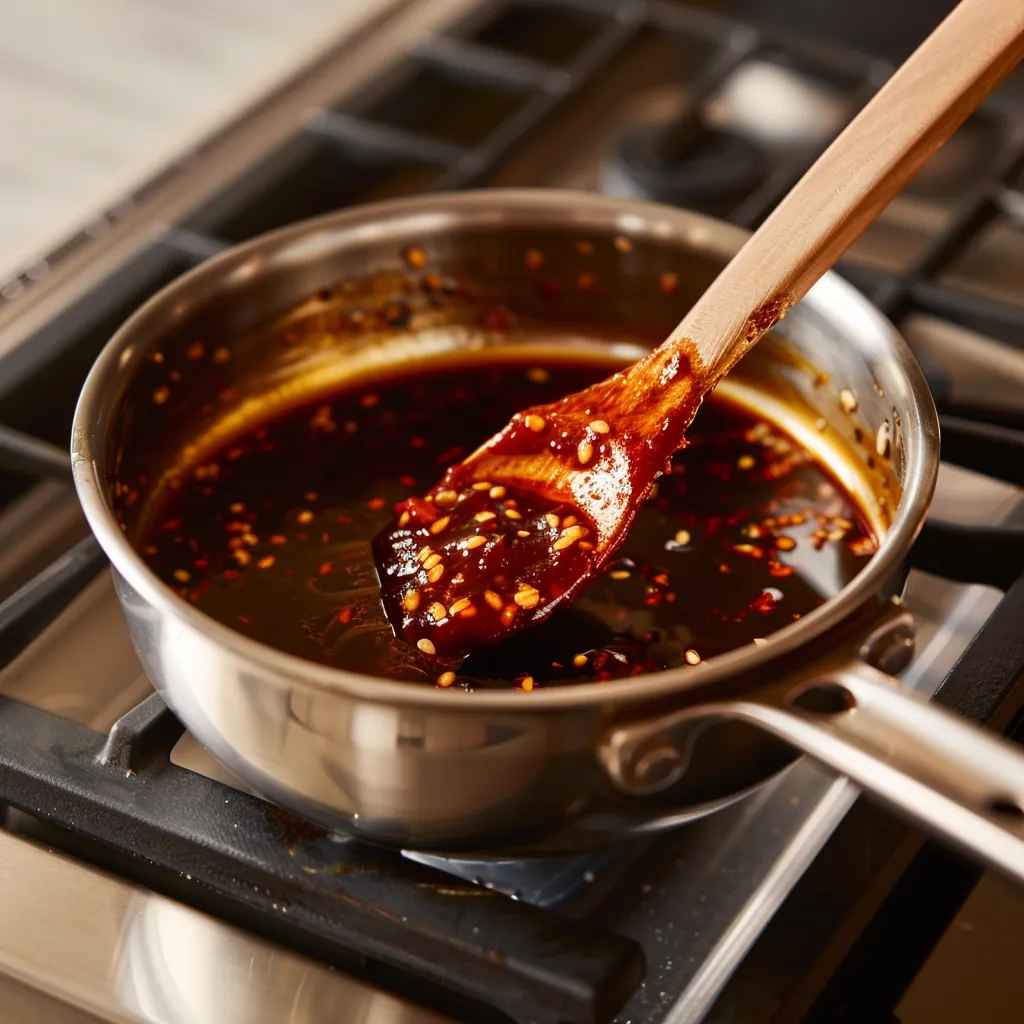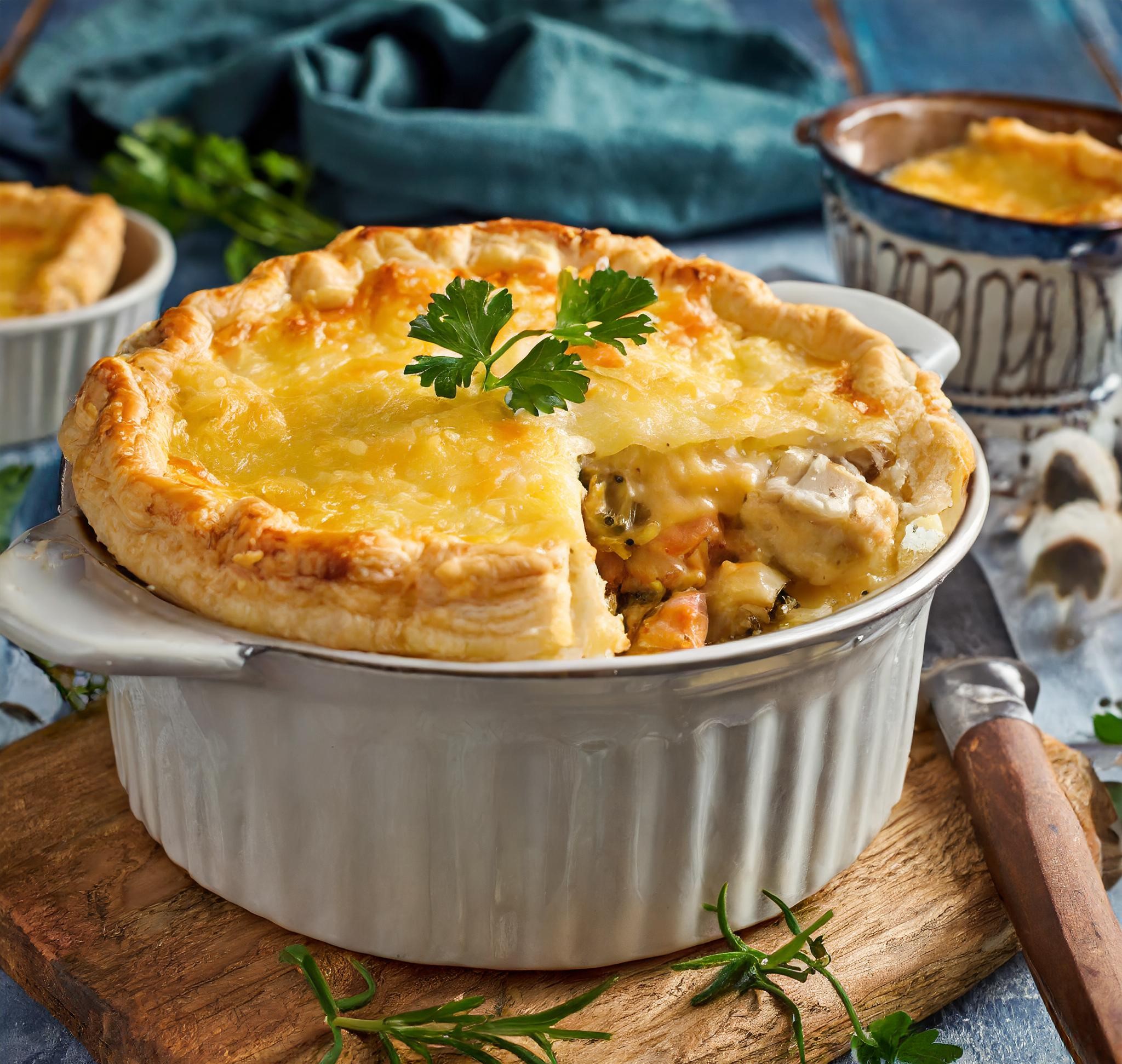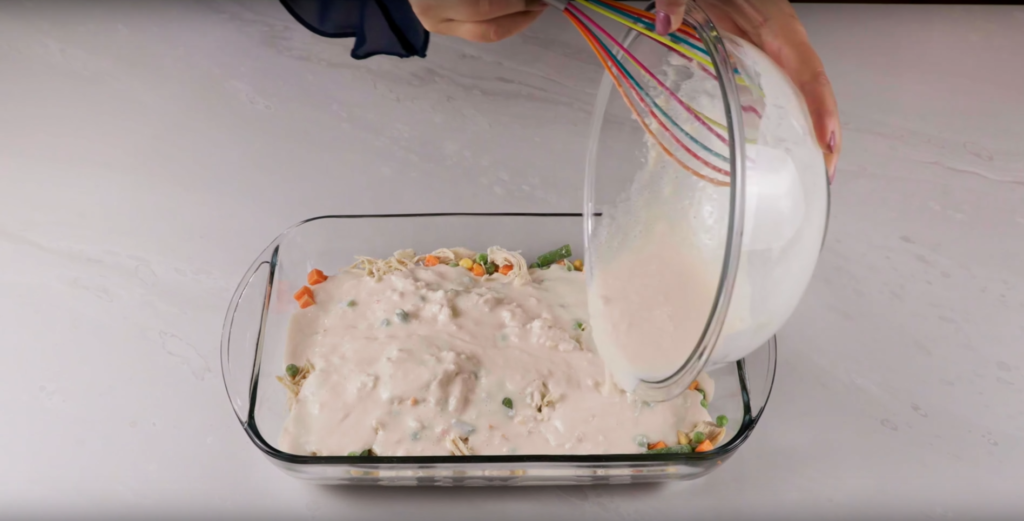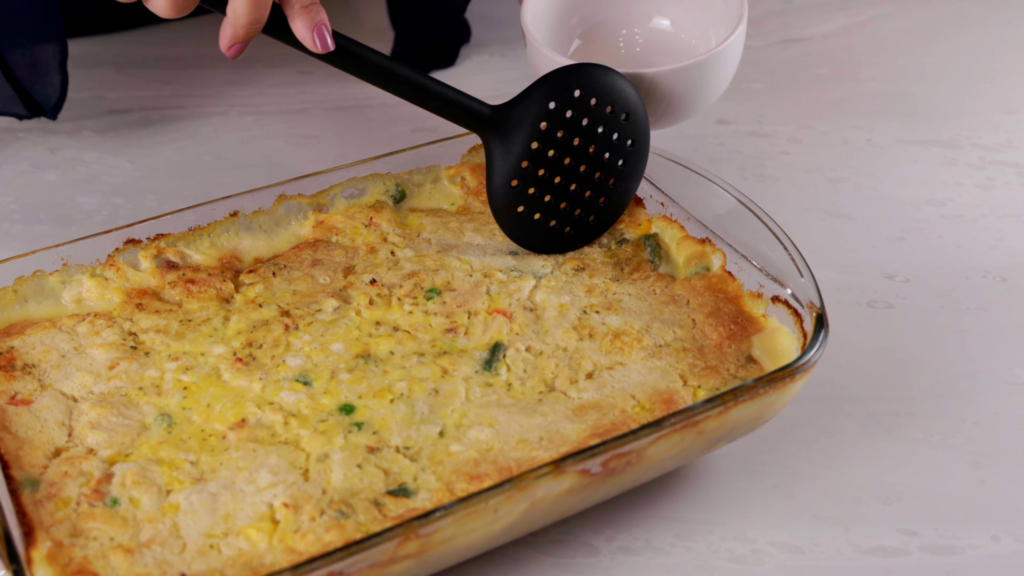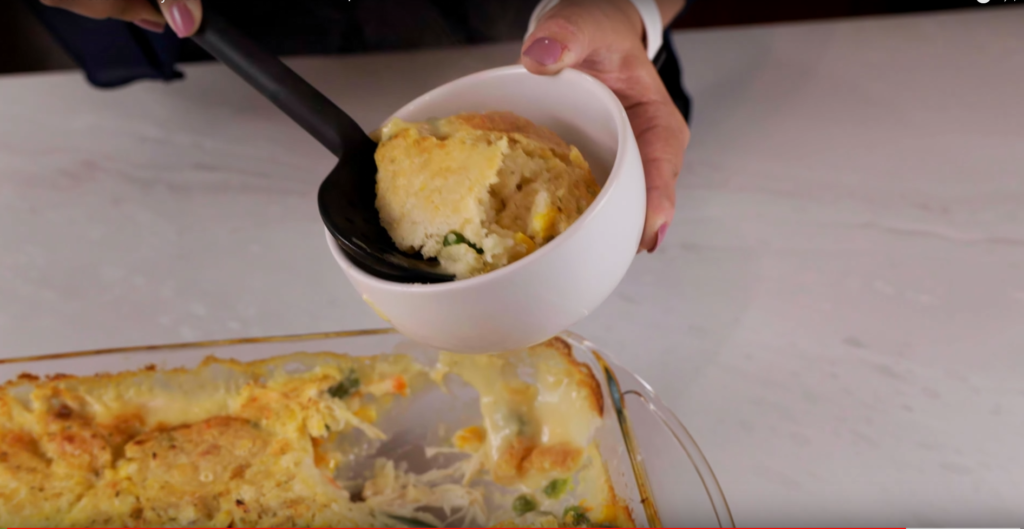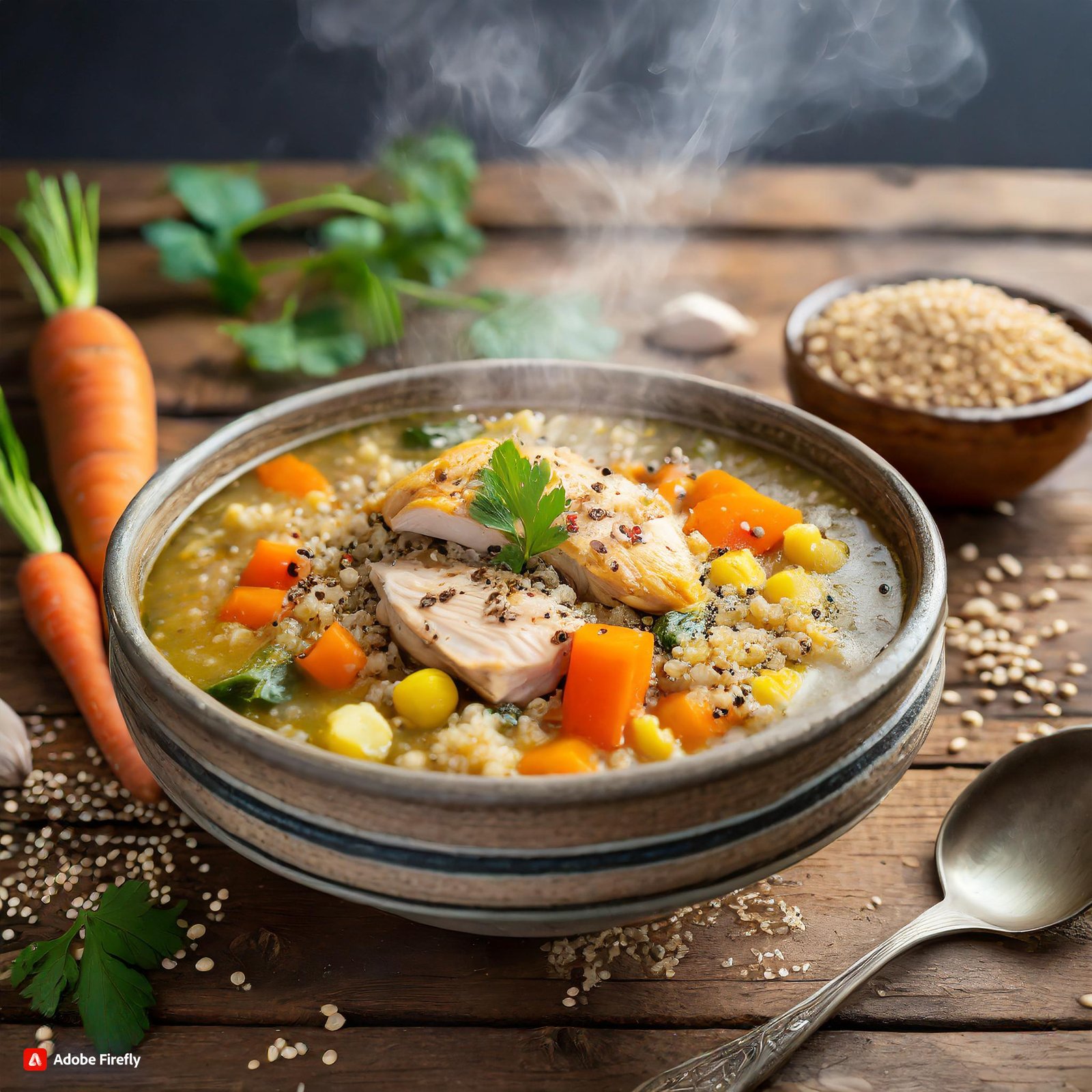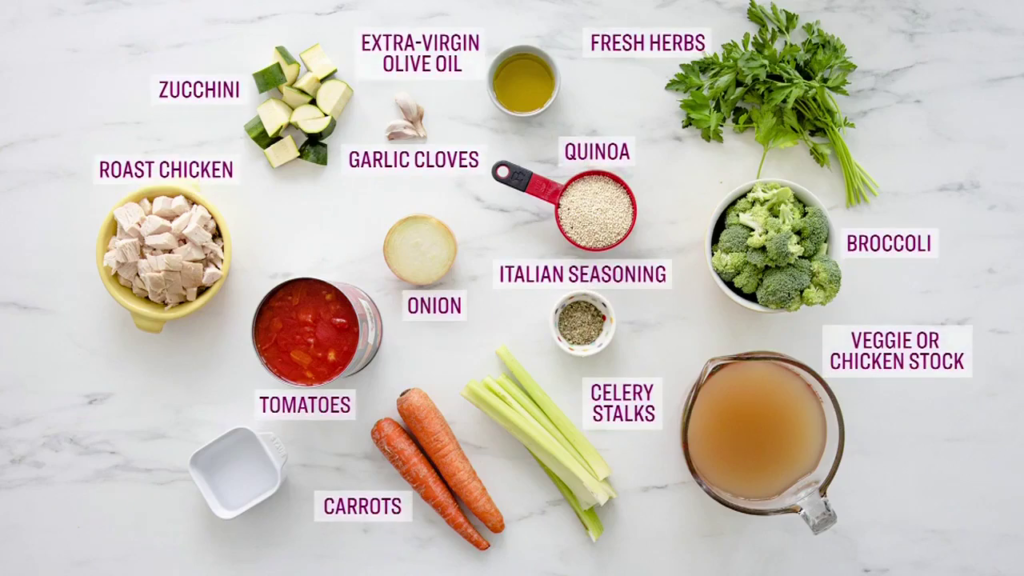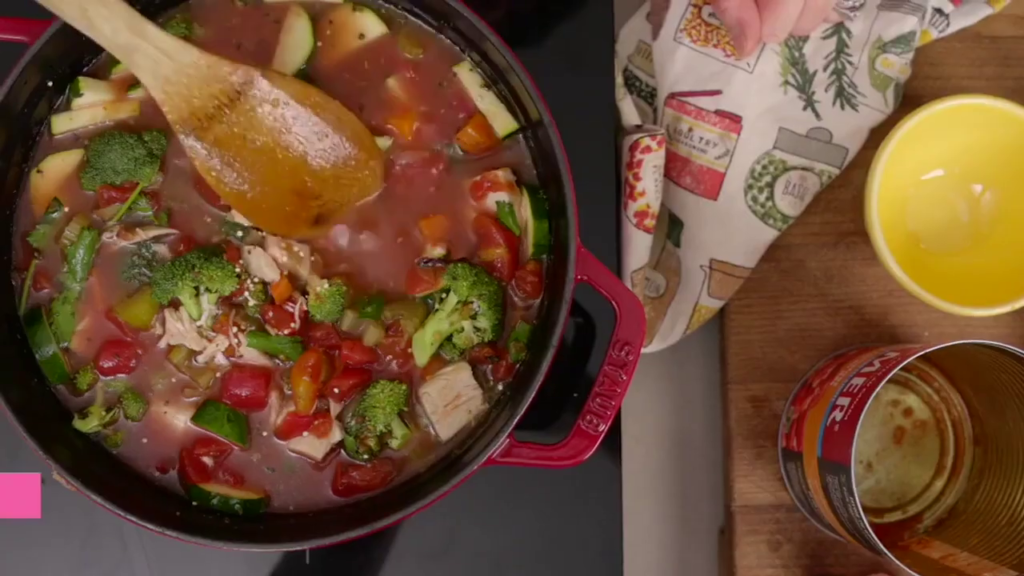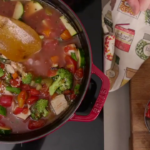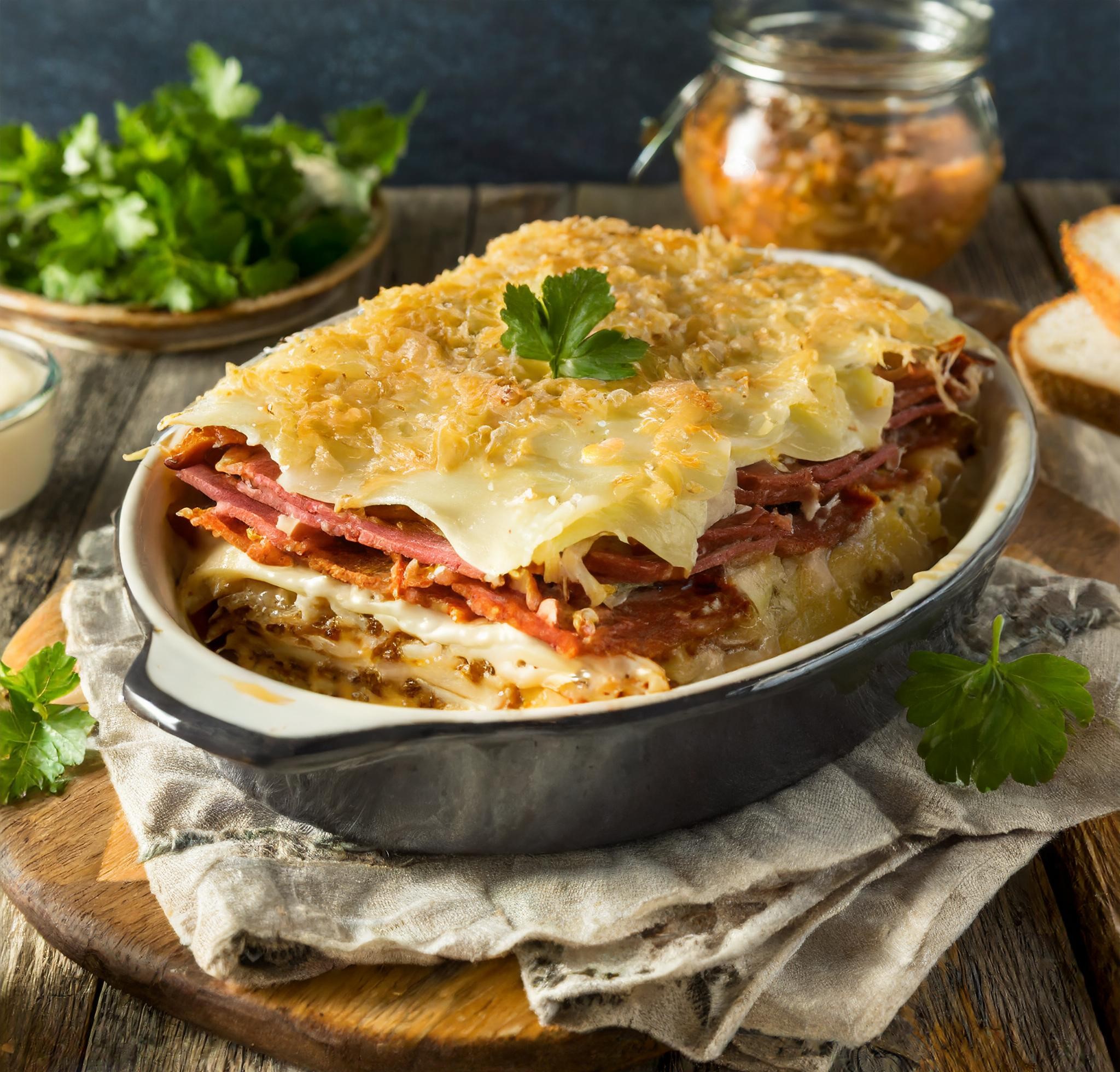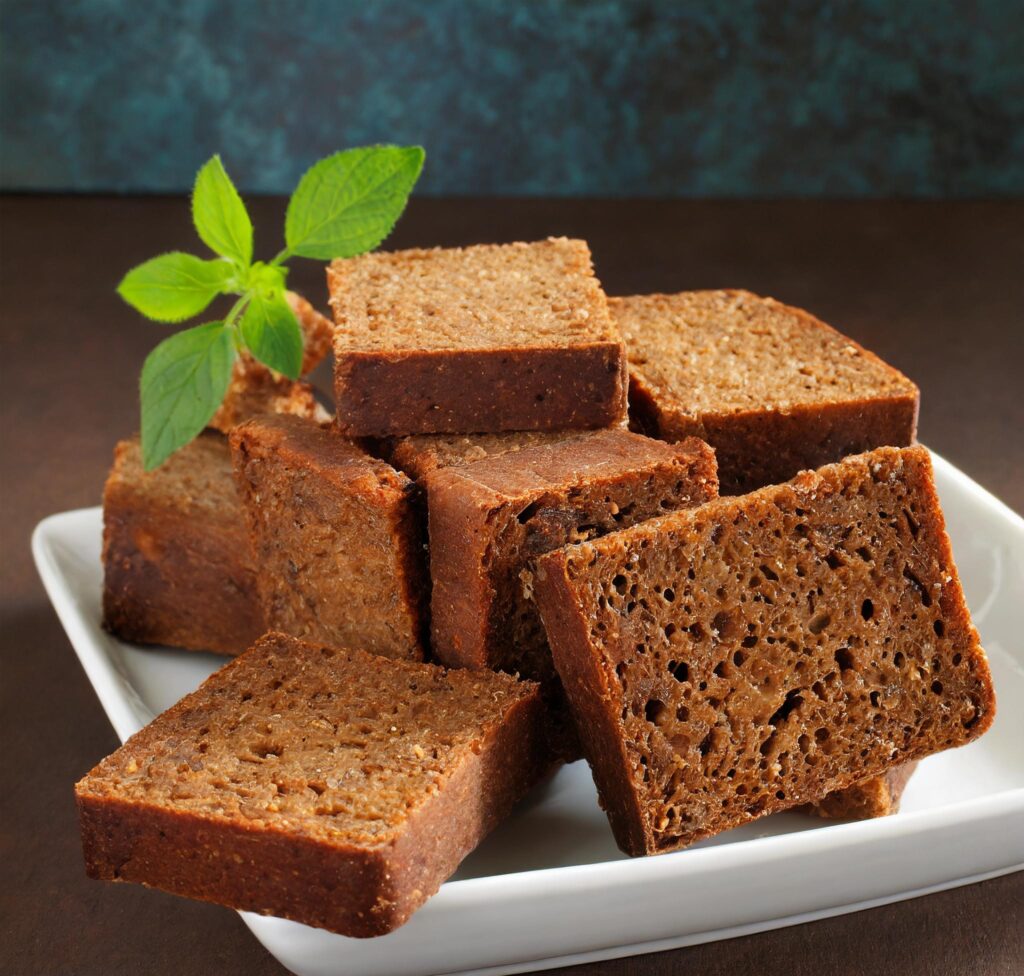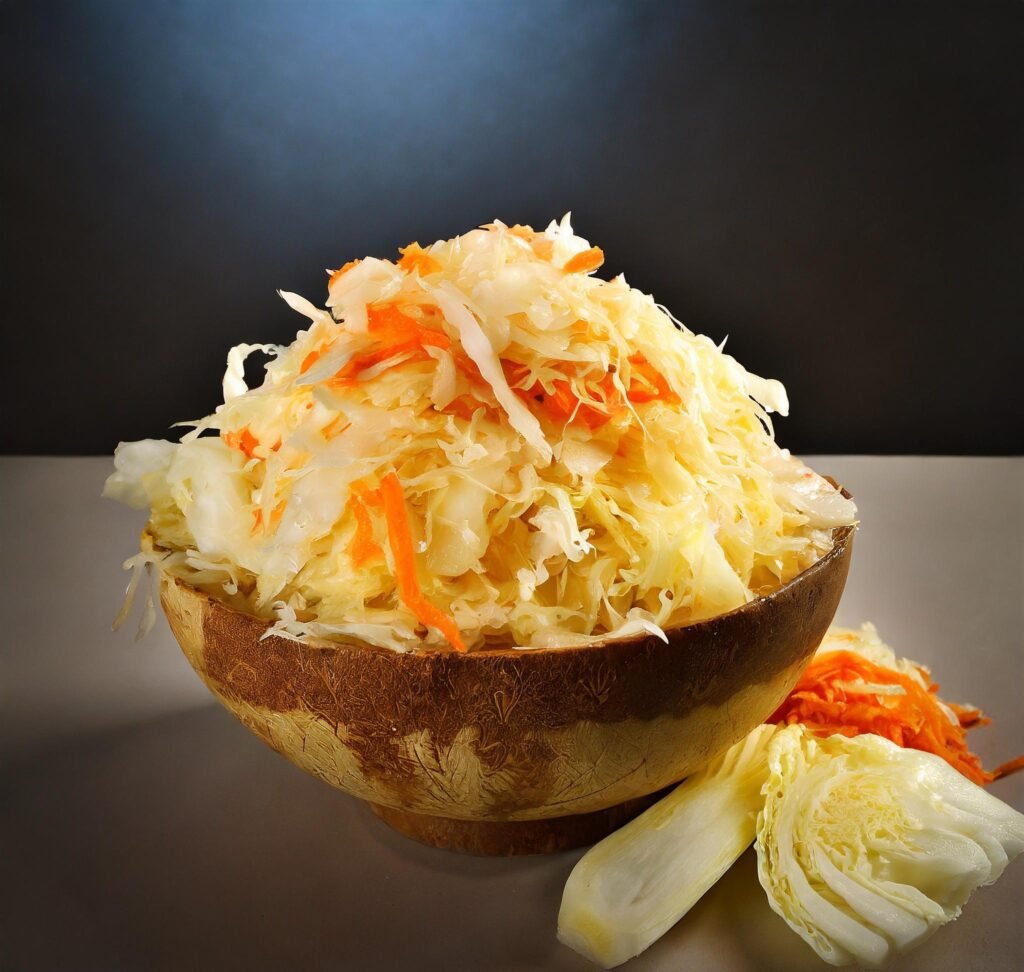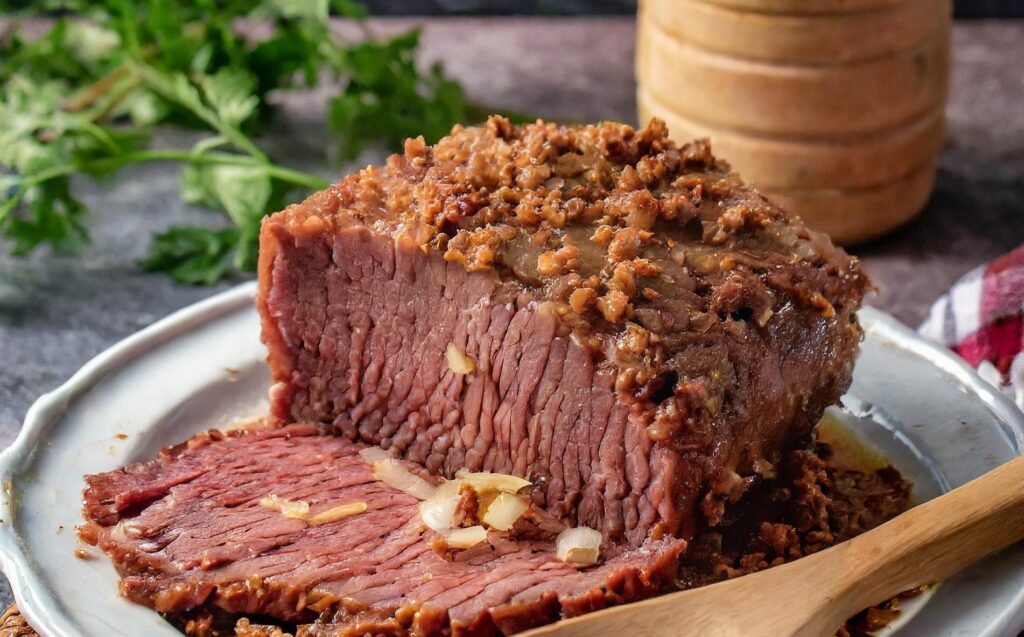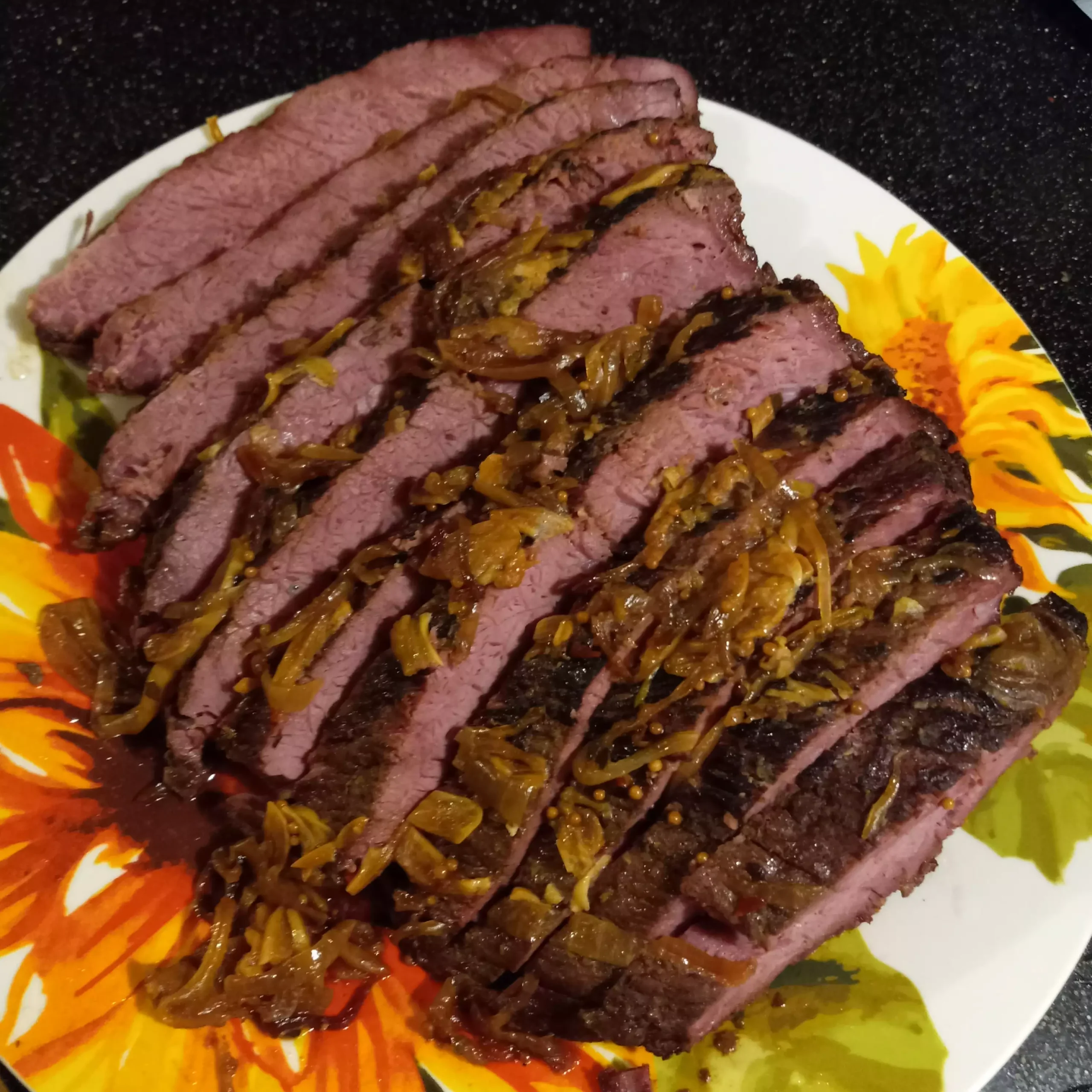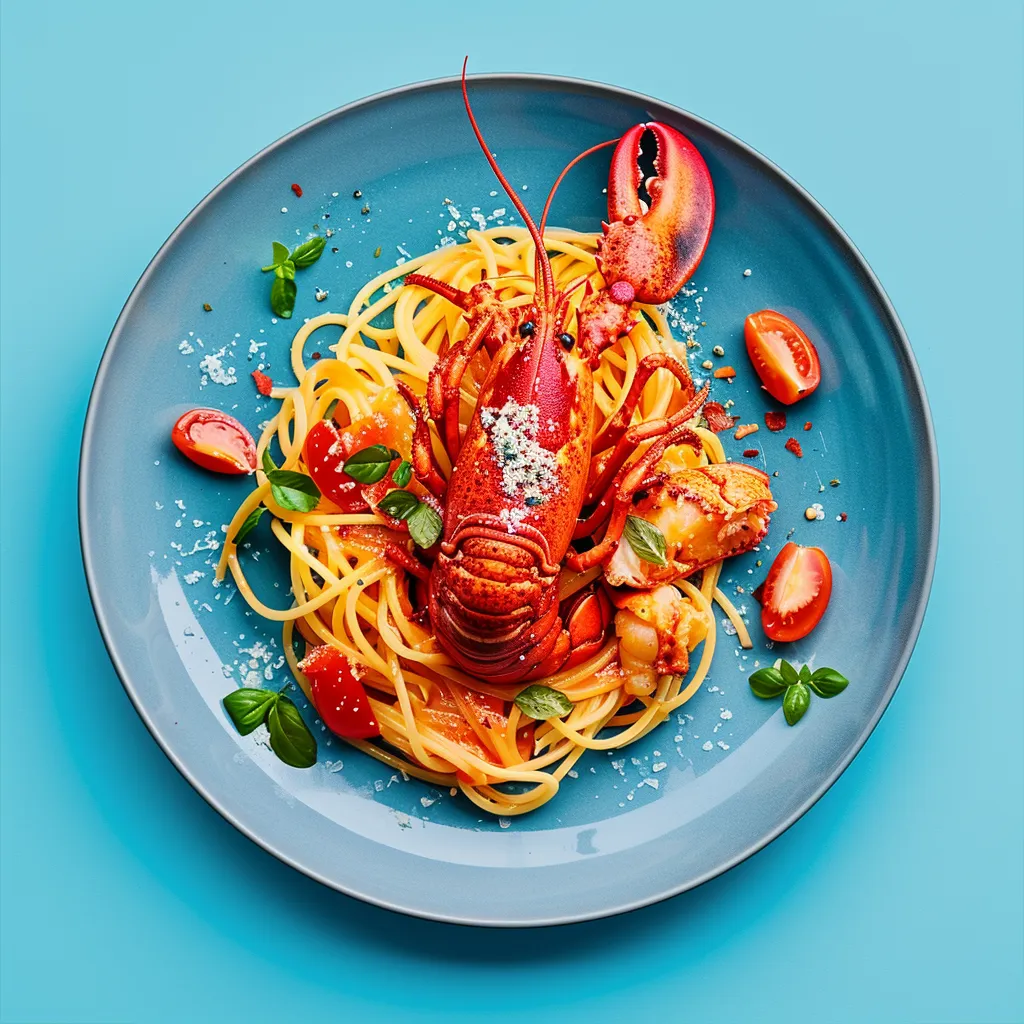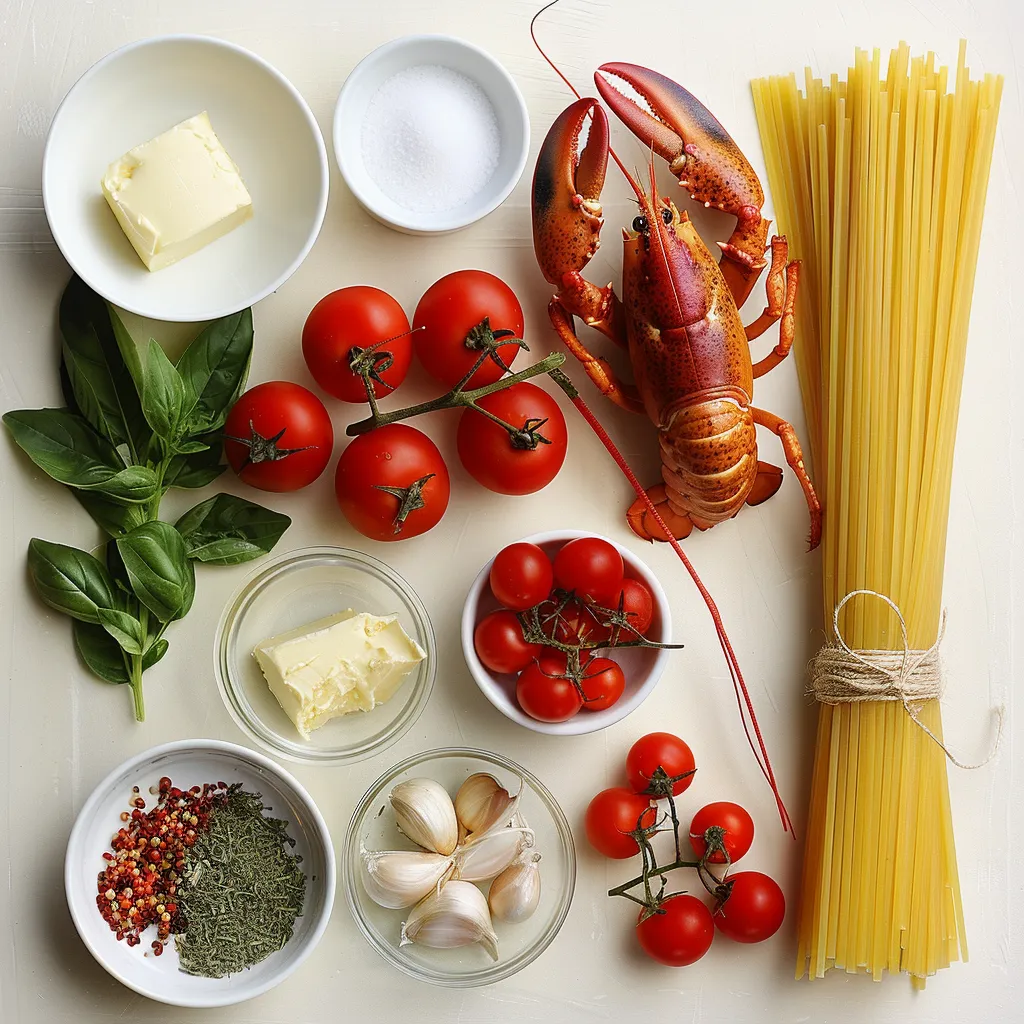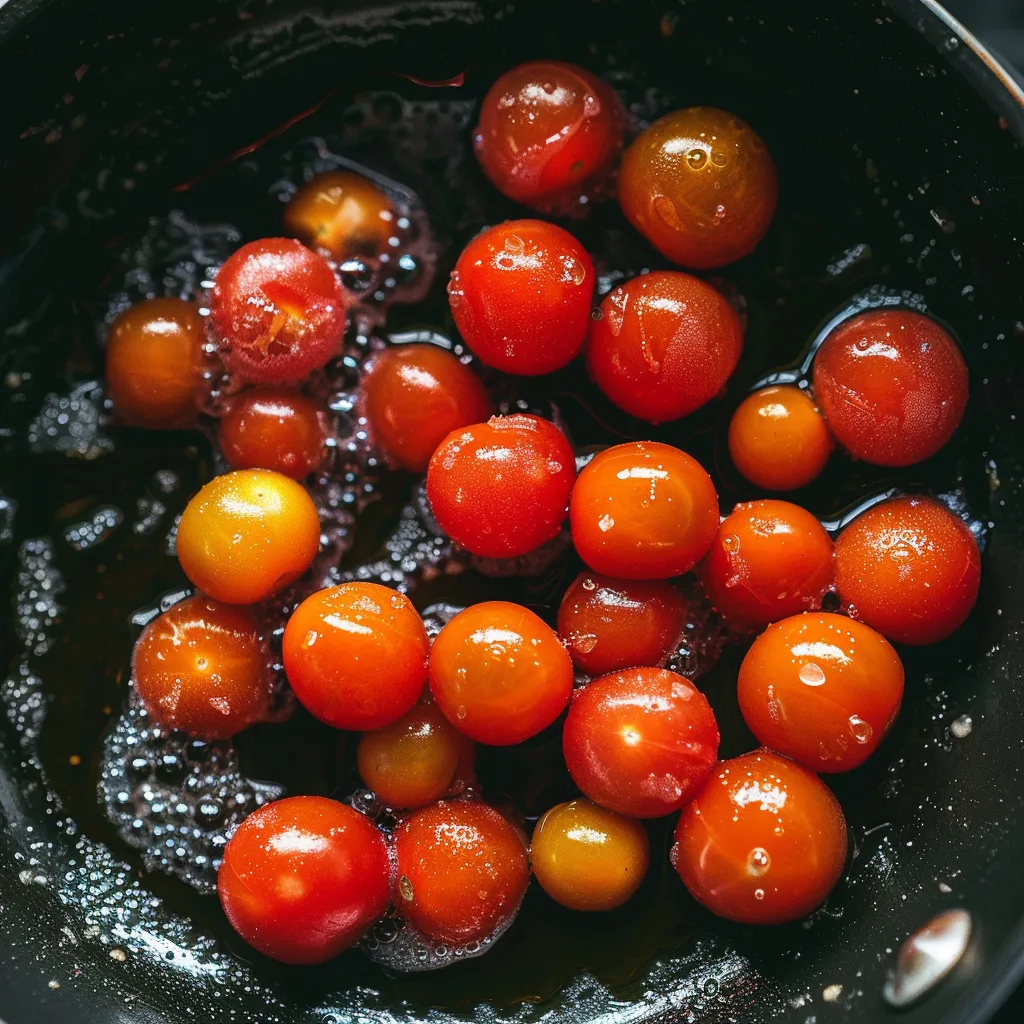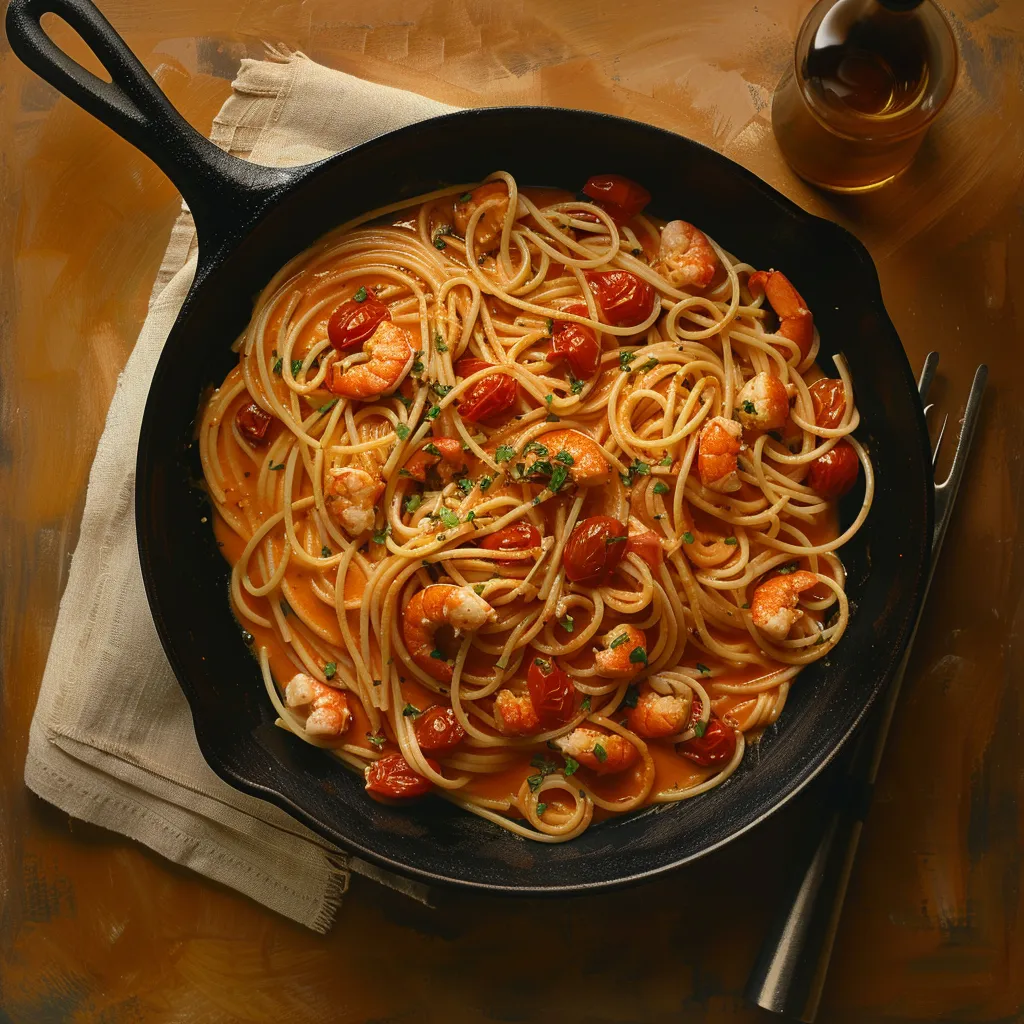Boneless chicken wings have taken the culinary world by storm, offering the delicious flavors of traditional wings without the hassle of bones. This comprehensive guide explores everything from the origins and benefits of boneless wings to recipes and serving suggestions.
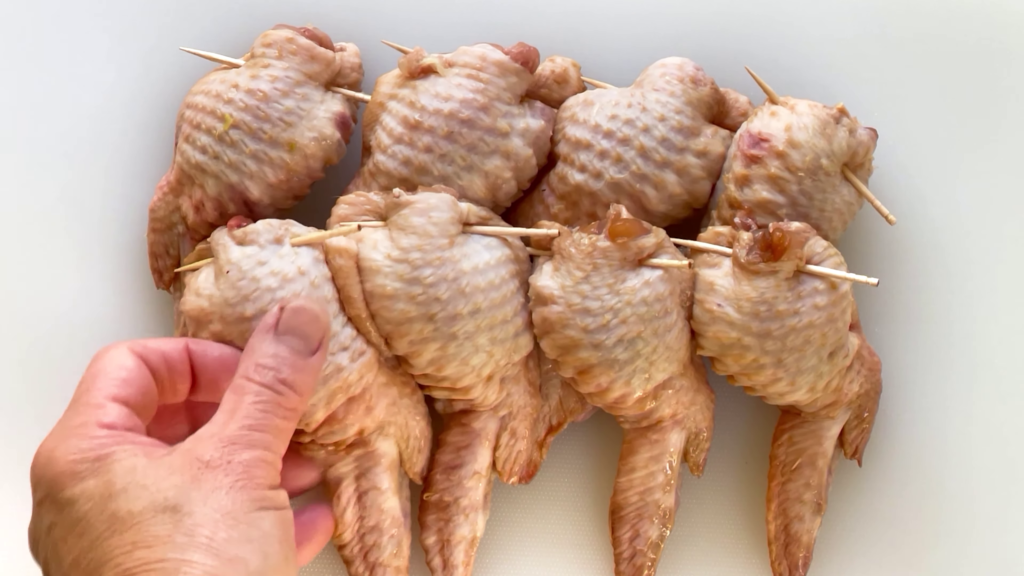
The Evolution of Boneless Chicken Wings
The journey of boneless chicken wings from a simple idea to a menu staple in restaurants worldwide is fascinating. Unlike traditional wings, boneless wings are made from breast meat, offering a tender and juicy bite every time.
- Origins: While traditional wings have a long history, boneless wings gained popularity as a convenient and less messy alternative.
- Popularity: Their rise to fame can be attributed to the growing demand for easy-to-eat appetizers and the versatility they offer in flavors and cooking methods.
Discover the history of chicken wings and how they became a beloved dish across the globe.
FAQs
What exactly are boneless chicken wings?
Boneless chicken wings are typically made from breast meat, cut into pieces, breaded, and cooked to mimic the taste and texture of traditional wings. They are often served with various sauces, just like traditional wings.
Are boneless wings actually wings?
Despite the name, boneless wings are not made from wing meat. They are usually crafted from chicken breast meat, making them more akin to chicken tenders or nuggets than actual wings.
Why choose boneless wings over traditional wings?
Many people prefer boneless wings for their convenience and ease of eating, as they don’t contain bones. They’re also versatile in flavor and can be a leaner option, depending on the preparation.
Can boneless wings be made in an air fryer?
Yes, boneless wings are perfect for air-frying, offering a healthier alternative to deep-frying. Air-frying provides a crispy exterior while keeping the inside juicy with minimal oil use.
How do you keep boneless wings crispy?
To keep them crispy, serve them immediately after cooking. If you’re tossing them in sauce, do so right before serving to maintain the crunch. Reheating in an air fryer can also help restore crispiness.
What sauces and dips pair well with boneless wings?
Boneless wings pair well with a wide range of sauces, from classic Buffalo and BBQ to honey mustard and garlic Parmesan. Ranch and blue cheese dips are popular choices for cooling down spicy flavors.
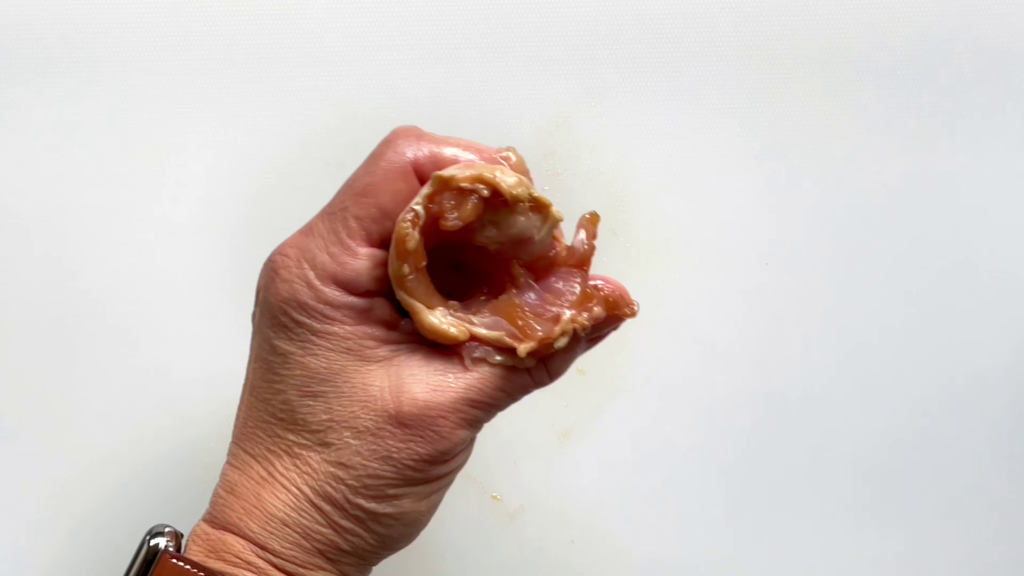
Overview of Ingredients
Boneless chicken wings require a straightforward yet adaptable set of ingredients that allows for various cooking styles and flavor profiles. Here’s what you’ll typically need:
- Chicken: boneless, skinless chicken breast meat, cut into pieces the size of wings.
- Breading: all-purpose flour, eggs, and breadcrumbs or panko for a crispy exterior.
- Seasonings: salt, pepper, and poultry seasoning. Additional spices can vary based on the flavor profile you’re aiming for.
- Sauces: A variety of sauces, such as Buffalo, BBQ, honey mustard, or garlic Parmesan, should be used to coat the wings after cooking.
- Oil: for frying or spraying before air-frying, depending on your cooking method preference.
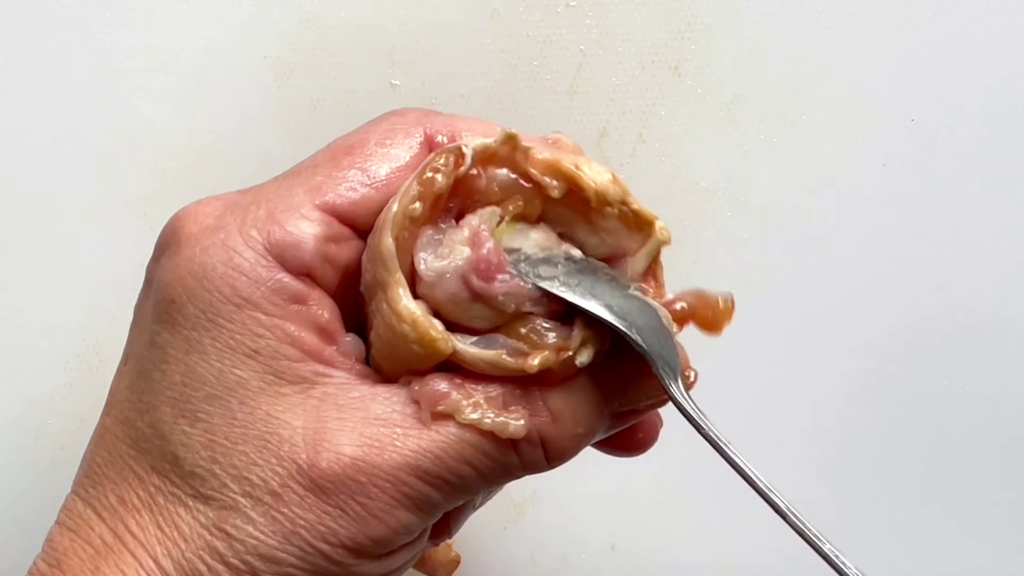
Chef’s Tips for Perfect Boneless Wings
To ensure your boneless chicken wings turn out perfectly crispy and flavorful, follow these chef-approved tips:
- Ensure Even Cut: Cut the chicken breast into even pieces to promote uniform cooking.
- Season Generously: Don’t skimp on the seasoning in the flour mixture. This base layer of flavor is crucial.
- Perfect the Breading: Dredge the chicken in flour, dip in beaten eggs, and then coat in breadcrumbs. Press the crumbs onto the chicken to ensure they stick well.
- Rest Before Cooking: Let the breaded chicken sit for 10–15 minutes before cooking. This helps the coating adhere better and prevents it from falling off during cooking.
- Optimal Cooking Temperature: Whether frying or air frying, make sure your oil or air fryer is at the right temperature—typically around 375°F (190°C) for frying and slightly lower for air frying.
- Don’t Overcrowd: Cook in batches to avoid overcrowding, which can lower the temperature and lead to soggy wings.
- Toss with Sauce Immediately: Toss the wings in sauce as soon as they’re cooked to maximize flavor absorption and retain crispiness
Why Boneless Wings Reign Supreme
Boneless chicken wings offer several advantages that make them a preferred choice for many:
- Convenience: Easy to eat without dealing with bones, perfect for social gatherings.
- Versatility: They serve as a blank canvas for a wide array of flavors, from classic Buffalo to sweet and tangy barbecue.
- Nutritional Value: Often made from chicken breast, boneless wings are a good source of lean protein.
Understanding the nutritional benefits of chicken reveals why incorporating poultry into your diet can be both delicious and beneficial.
What goes best with boneless chicken wings?
Choosing the right accompaniments can turn your boneless wings into a hearty meal. Here are some serving suggestions:
- Classic Sides: Celery sticks, carrot sticks, and blue cheese or ranch dressing are classic pairings that offer a crunchy, creamy contrast to the spicy wings.
- Healthy Options: Serve with a side salad or roasted vegetables to add a nutritious element to your meal.
- Starchy Complements: Consider garlic bread, sweet potato fries, or a simple coleslaw for a more filling option.
- Dipping Sauces: Offer a variety of dipping sauces to cater to different tastes, including spicy, sweet, and savory options.
To make the perfect boneless wing at home, start with chicken breast cut into pieces. Marinate in your favorite flavors, coat in flour, egg, and breadcrumbs, then bake, fry, or air-fry until crispy. Toss in sauce and enjoy your homemade, delicious boneless wings.
For more delicious recipes and culinary inspiration, don’t forget to browse our complete recipe collection.
Health Benefits
Boneless chicken wings, especially when made from chicken breast, offer a variety of health benefits that make them a worthwhile addition to any diet.
- High Protein Content: Chicken is a great source of lean protein, which is crucial for muscle repair and growth. Protein also helps with feeling fuller longer, which can aid in weight management.
- Lower Fat Than Traditional Wings: Using breast meat instead of wing meat, which includes skin, often results in a lower fat content, particularly if you choose air frying over deep frying.
- Rich in Vitamins and Minerals: Chicken is a good source of B vitamins, particularly niacin and B6, which are important for energy production and cardiovascular health. It also contains phosphorus, essential for strong bones and teeth, and selenium, known for its antioxidant properties.
- Customizable for Healthier Options: By choosing to air fry, use gluten-free coatings, or incorporate whole-grain breading, you can increase the nutritional value of boneless wings and make them suitable for various dietary needs.
Enter the delightful world of boneless chicken wings. These wings are perfect for game-day parties, family dinners, and snacks. Try various coatings, spices, and dips to find your ideal wing combination. To promote these adaptable, tasty snacks, share your recipes with friends and family or on social media. Start cooking now to achieve the ideal flavor-health balance in your own kitchen!
PrintBoneless Chicken Wings: Recipes & Tips
Discover the perfect boneless chicken wings with this guide! Includes recipes, health tips, and serving ideas for delicious, easy-to-make wings.
- Prep Time: 15 minutes
- Cook Time: 20 minutes
- Total Time: 35 minutes
- Yield: 4
- Category: Appetizer, Main Course
- Method: Frying, Air Frying, Baking
- Cuisine: American
- Diet: Gluten Free
Ingredients
- 2 lbs boneless, skinless chicken breast, cut into pieces
- 1 cup all-purpose flour
- 2 large eggs, beaten
- 2 cups breadcrumbs or panko
- 1 teaspoon salt
- 1/2 teaspoon pepper
- 1 tablespoon poultry seasoning
- Your choice of sauce (e.g., Buffalo, BBQ, honey mustard)
- Oil for frying or spraying (if air frying)
Instructions
- Prepare three bowls for the breading process: one with flour mixed with salt and pepper, one with beaten eggs, and one with breadcrumbs mixed with poultry seasoning.
- Dip each piece of chicken first in flour, then egg, and finally breadcrumbs, ensuring each piece is well coated.
- If deep frying, heat oil to 375°F and fry the wings until golden and crispy, about 4-5 minutes. If air frying, spray the wings lightly with oil and cook at 375°F for about 10 minutes, turning halfway through.
- Toss the cooked wings in your chosen sauce and serve immediately.
Notes
- Ensure the chicken pieces are dry before starting the breading process for better adhesion.
- For a healthier option, bake the wings at 400°F for 20 minutes instead of frying.
- Let the breaded chicken sit for 5-10 minutes before cooking to help the coating stick during the cooking process.
Keywords: boneless wings, chicken breast wings, breaded chicken wings, air fryer chicken wings


